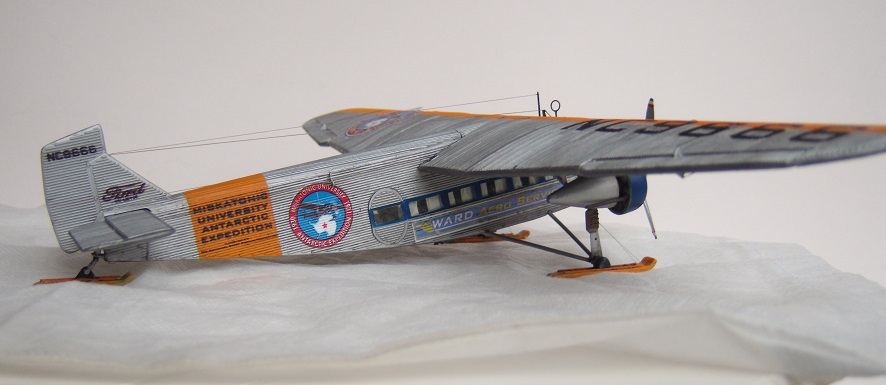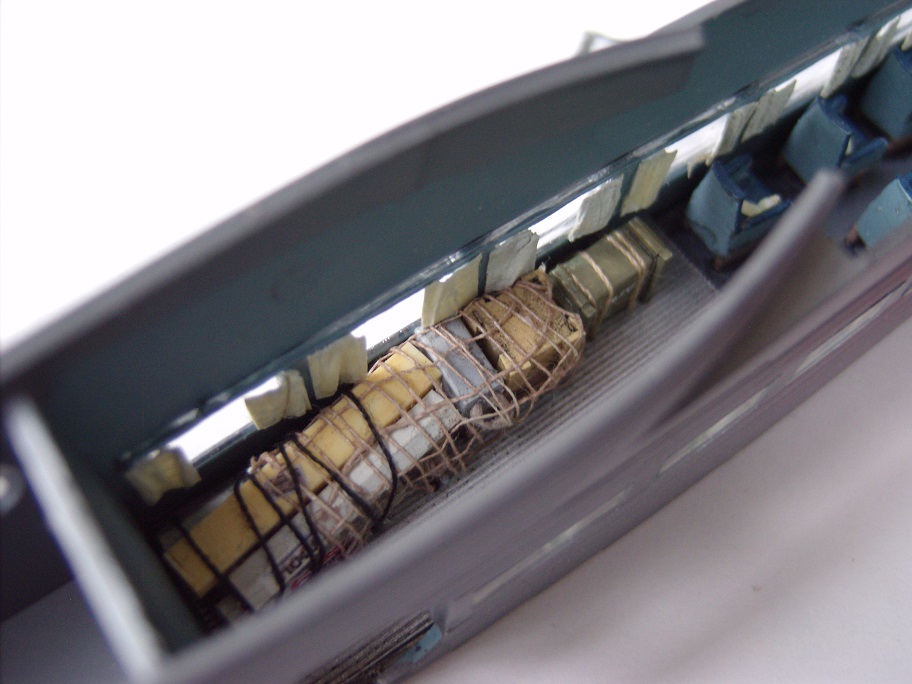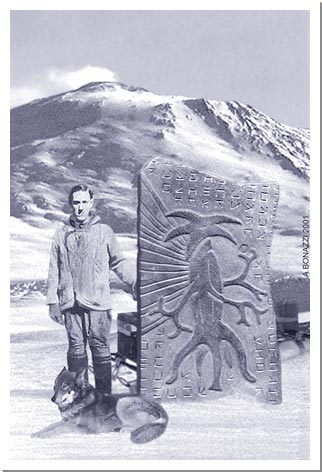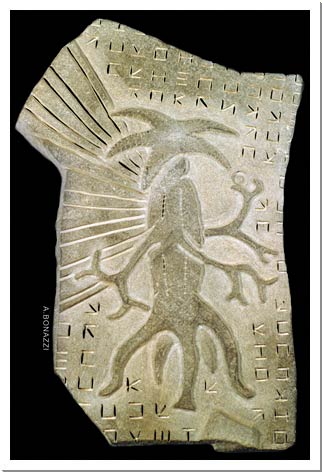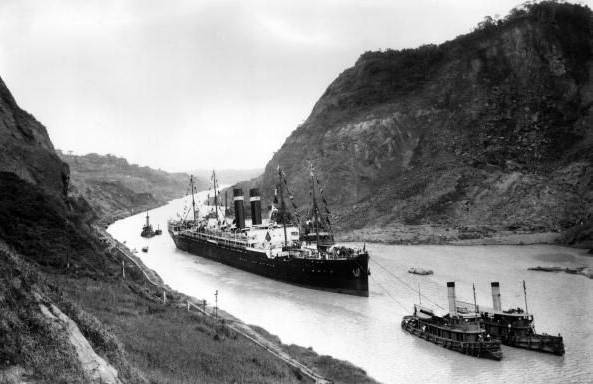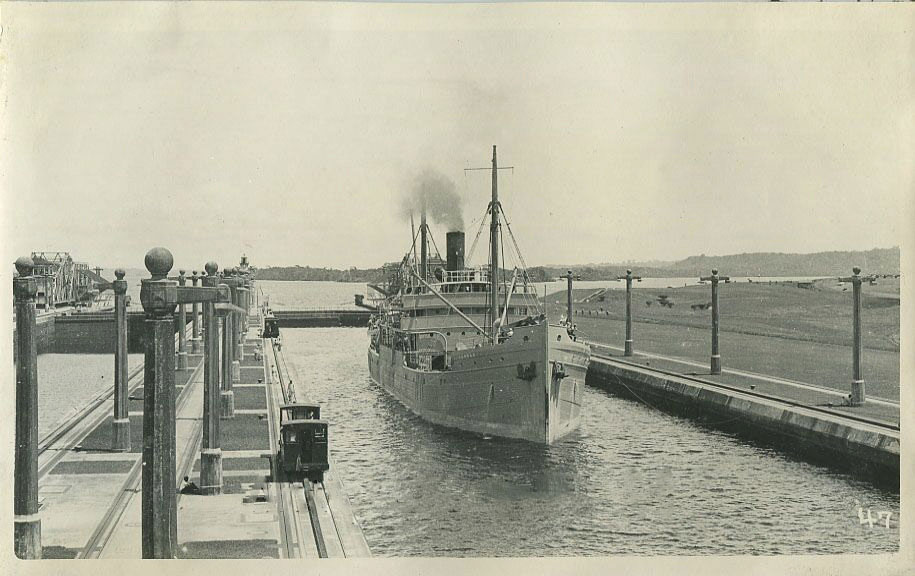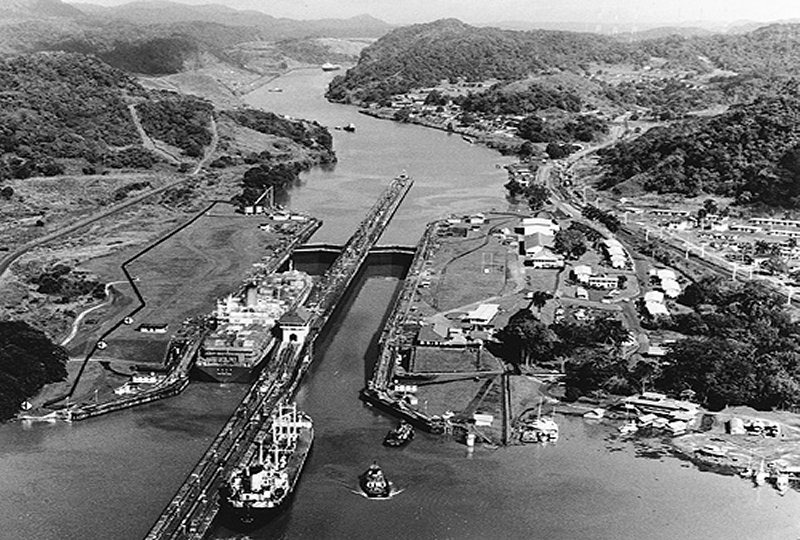- Affärsnyheter
- Alternativ hälsa
- Amerikansk fotboll
- Andlighet
- Animering och manga
- Astronomi
- Barn och familj
- Baseball
- Basket
- Berättelser för barn
- Böcker
- Brottning
- Buddhism
- Dagliga nyheter
- Dans och teater
- Design
- Djur
- Dokumentär
- Drama
- Efterprogram
- Entreprenörskap
- Fantasysporter
- Filmhistoria
- Filmintervjuer
- Filmrecensioner
- Filosofi
- Flyg
- Föräldraskap
- Fordon
- Fotboll
- Fritid
- Fysik
- Geovetenskap
- Golf
- Hälsa och motion
- Hantverk
- Hinduism
- Historia
- Hobbies
- Hockey
- Hus och trädgård
- Ideell
- Improvisering
- Investering
- Islam
- Judendom
- Karriär
- Kemi
- Komedi
- Komedifiktion
- Komediintervjuer
- Konst
- Kristendom
- Kurser
- Ledarskap
- Life Science
- Löpning
- Marknadsföring
- Mat
- Matematik
- Medicin
- Mental hälsa
- Mode och skönhet
- Motion
- Musik
- Musikhistoria
- Musikintervjuer
- Musikkommentarer
- Näringslära
- Näringsliv
- Natur
- Naturvetenskap
- Nyheter
- Nyhetskommentarer
- Personliga dagböcker
- Platser och resor
- Poddar
- Politik
- Relationer
- Religion
- Religion och spiritualitet
- Rugby
- Så gör man
- Sällskapsspel
- Samhälle och kultur
- Samhällsvetenskap
- Science fiction
- Sexualitet
- Simning
- Självhjälp
- Skönlitteratur
- Spel
- Sport
- Sportnyheter
- Språkkurs
- Stat och kommun
- Ståupp
- Tekniknyheter
- Teknologi
- Tennis
- TV och film
- TV-recensioner
- Underhållningsnyheter
- Utbildning
- Utbildning för barn
- Verkliga brott
- Vetenskap
- Vildmarken
- Visuell konst
Om podden
They were evil things, whose farther slopes looked out over some accursed ultimate abyss.
The podcast Beyond the Mountains of Madness is created by Michael Heilemann. The podcast and the artwork on this page are embedded on this page using the public podcast feed (RSS).
Avsnitt
New Maps from LoveMaps
I normally discourage using maps for tactical purposes in for horror games. It moves the emphasis away from the feeling of the situation to the facts of the situation and as a result people can’t help but kick into war-game mode. However maps can also play a very important role in simply providing an overview of an area which might otherwise be hard for the players to fully grok. And if their progress, or even just the story of the thing is relying on the players having a clear sense of the space and its features, a map is a great way to provide that.
Beyond the Mountains of Madness is a great examples of having several locations which largely require maps to enable the players. And if you’re in the Patreon game, LoveMaps is creating maps for Beyond the Mountains of Madness, and while I’ve only sampled some of them, they really shine; I wish I’d had these for my game!

In other news, the Discord server (see previous post) is ticking along, it’s a great little niche community, even if work and family leave me with too little time to always participate as I’d like.
And yeah, that’s also why I haven’t finished the recordings yet 😄
Discord
I get contacted relatively often by other keepers looking to take on Beyond the Mountains of Madness, so I started a Discord server for us to hang out and share tips, tricks and resources (it even has rooms for a couple of other classic campaigns).
Roll20 Setup
I recorded a quick walkthrough of our Roll20 setup, for anyone interested in that sort of thing.
The Archive
Just a quick flick through most of the stuff I've accumulated for our Beyond the Mountains of Madness Campaign over the years.
I forgot I recorded this a while back (and it doesn’t even include everything).
Down the Hole

BtMoM Theme for Fantasy Grounds

I meant to run a follow-up scenario for the group on Fantasy Grounds but got derailed into The Enemy Within for Warhammer Fantasy 4e instead. But before that, I spent a weekend putting together this theme for Fantasy Grounds.
Mind you, it contains quite a lot of spoilers, as it was intended for use with The Black Rat, which occurs after the main campaign. However I included the PSD files with everything in layers, so you can easily turn off whatever you don’t want to have showing up.
The Soundtrack
For our campaign I spent some time assembling a soundtrack from a variety of sources. I lost the source list, but look to Alien 3 in particular, The Exorcist, and 2001: A Space Odyssey.
Download SoundtrackLogomark

Here’s the logomark I made for the campaign.
The End
A short note to mention that we ended the campaign last weekend after a short five year run (with plenty of large breaks built in). I am going to get the recordings uploaded as soon as I can, and will close the book on this chapter of gaming as I’m frantically looking around for something new to hook my teeth into.
Tekeli-li.
The Gabrielle Blueprint
I spent some time combining and conforming all of the schematics of the Gabrielle spread throughout the campaign book, and even added in one or two updates from the German second edition. It turned out to require a bit of adjustment to get all the decks and features to line up properly.

Session 11 — Trouble
The expedition is haunted by strange dreams and find themselves facing a new enemy in the city.
Back
It’s been three years, but on Saturday we went back to the ice!
I’ll spare the long history in between now and when last we played, but suffice it to say that a lot happened; I for one now have a son. We previously played through part of the campaign (the tower) but I lost part of that recording, and for this session we went back and did another take at the approach to get off on the right foot.
As Avery’s player noted, it was surprisingly easy to slip back into the story even after so much time had passed.
And on the recordings… well I’m still behind, but I’m catching up!

Shoggoth!
#procgen eye test. Eyes everywhere, anytime, and any size.
— richard lord (@rich_lord) October 15, 2019
Turn this up, @gutterboxaudio did the amazing sound design on this.
Done in @sidefx #houdini #redshift
In case of compression woes, here’s a Youtube link - https://t.co/yapdNrGlUb pic.twitter.com/ecZaEbbmwm
The Good Friends Journey to The Mountains of Madness
The always affable Good Friends of Jackson Elias have begun their decent into madness in the latest episode of their podcast, as they cast their attention onto At the Mountains of Madness.
Session 10 — The Tunnels
The expedition wakes the day after, uneasy and anxious to get on with the exploration of the dead city. What will they find in the tunnels beneath it all?
Gou Tanabe's Mountains of Madness

View fullsize
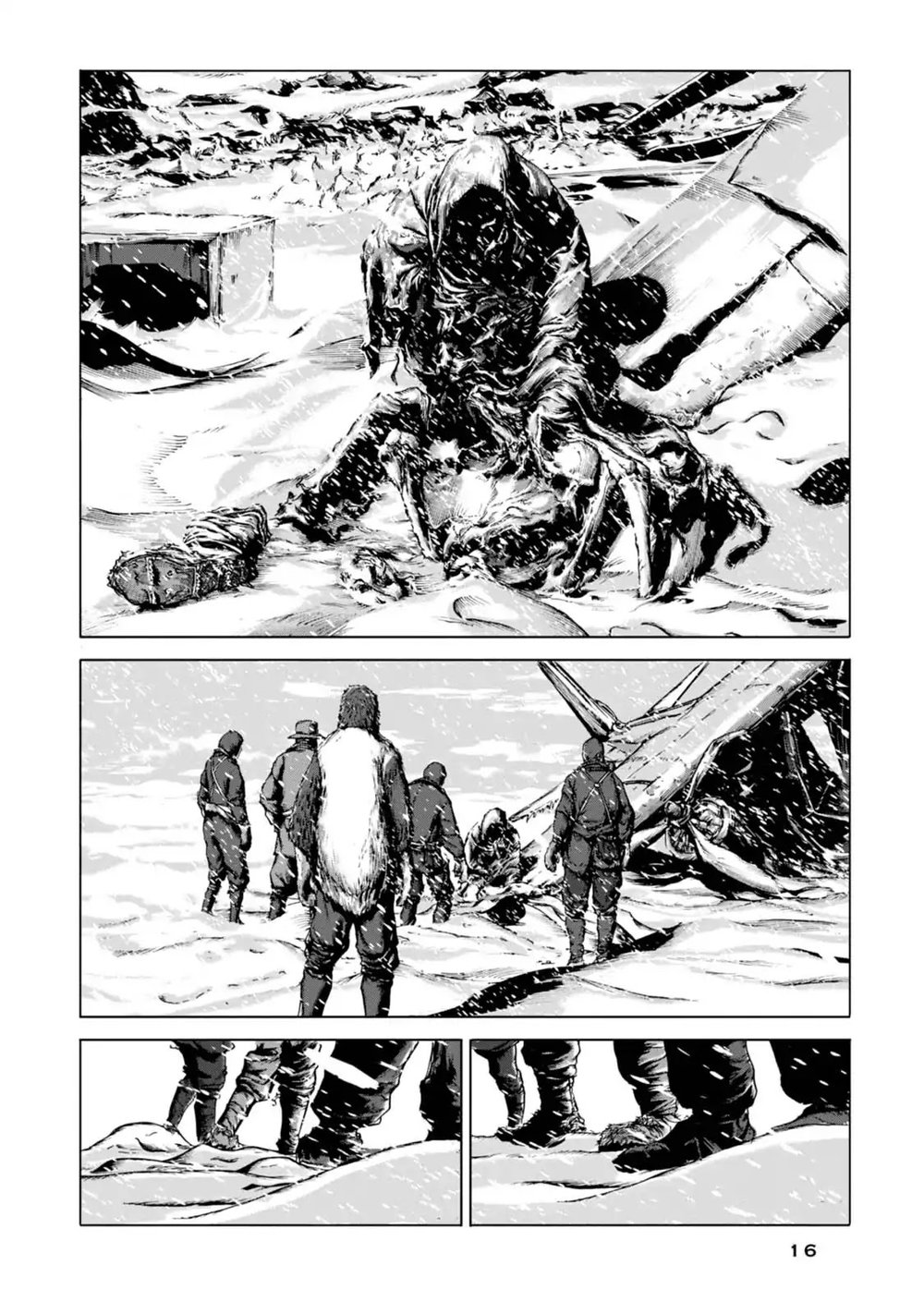
View fullsize
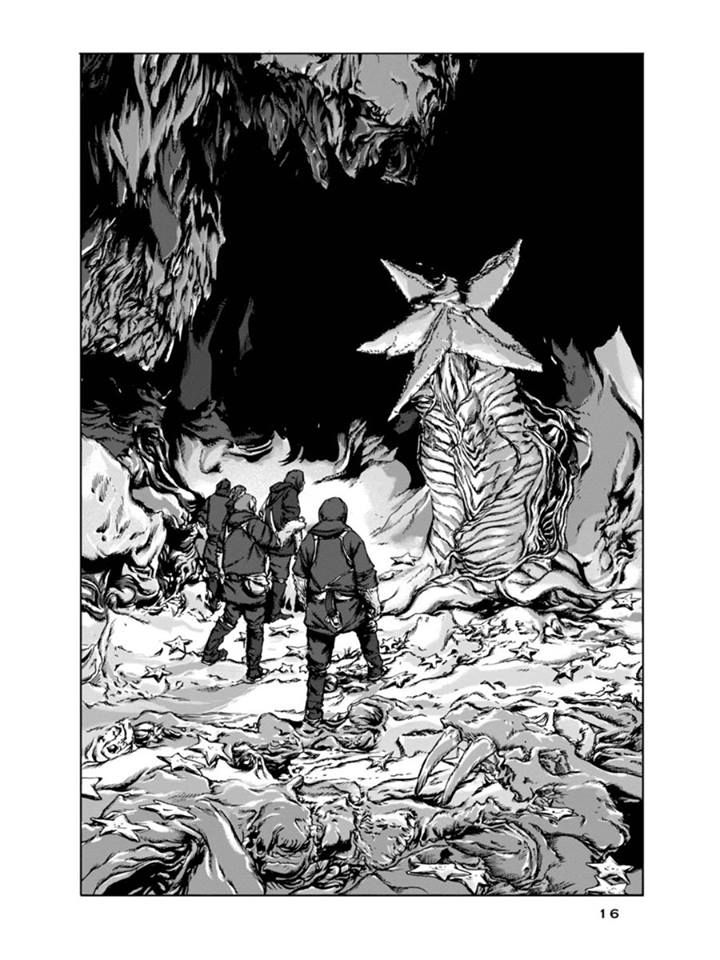
View fullsize
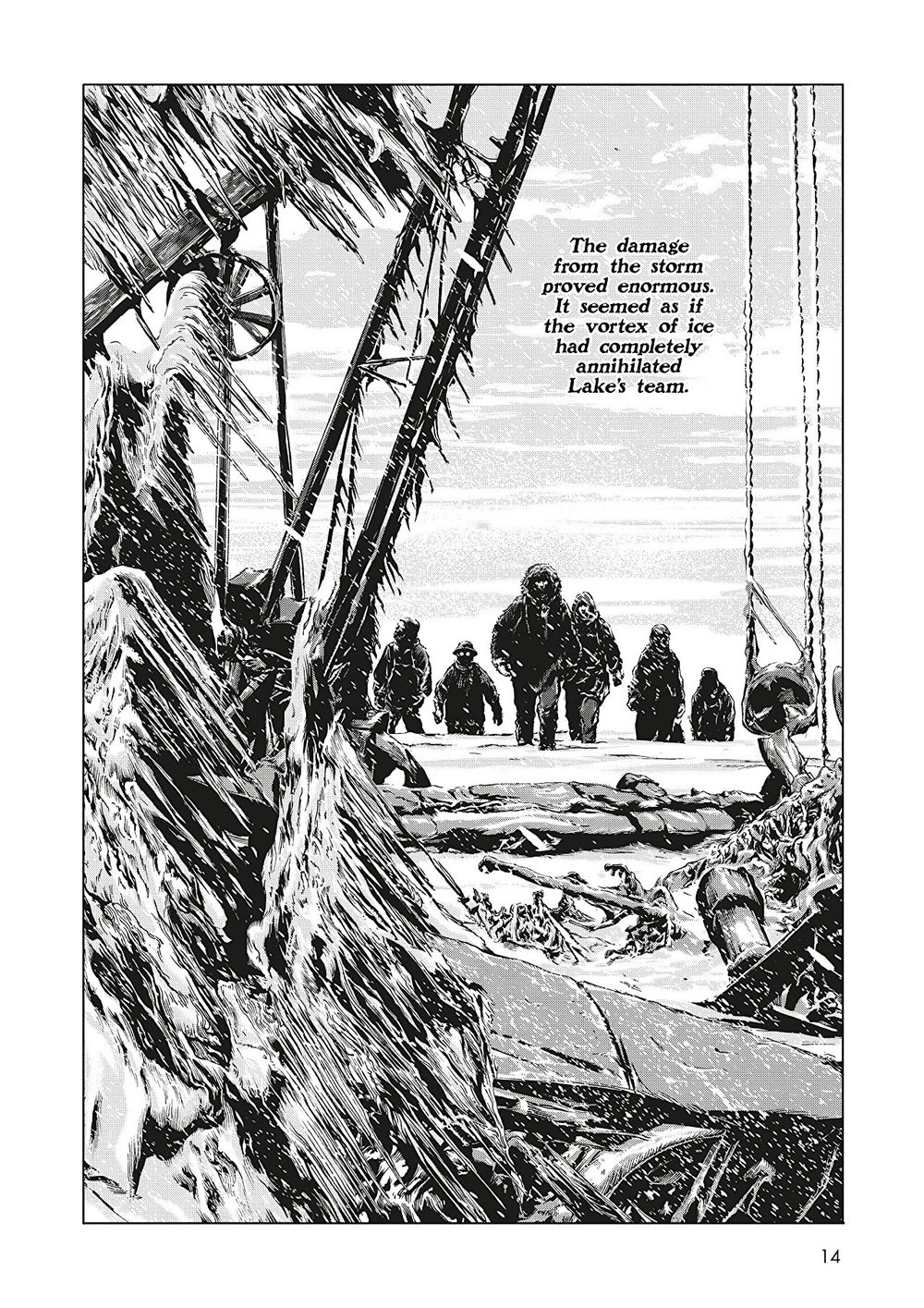
View fullsize
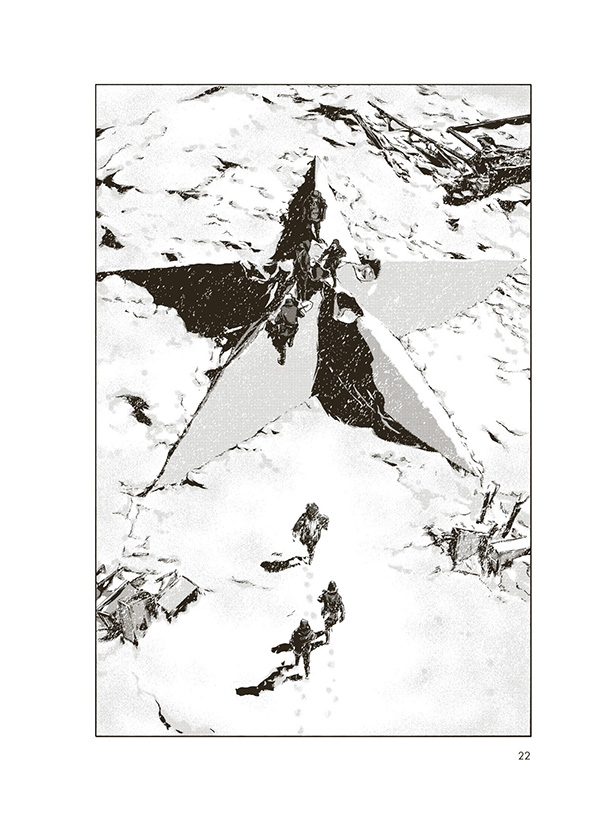
View fullsize
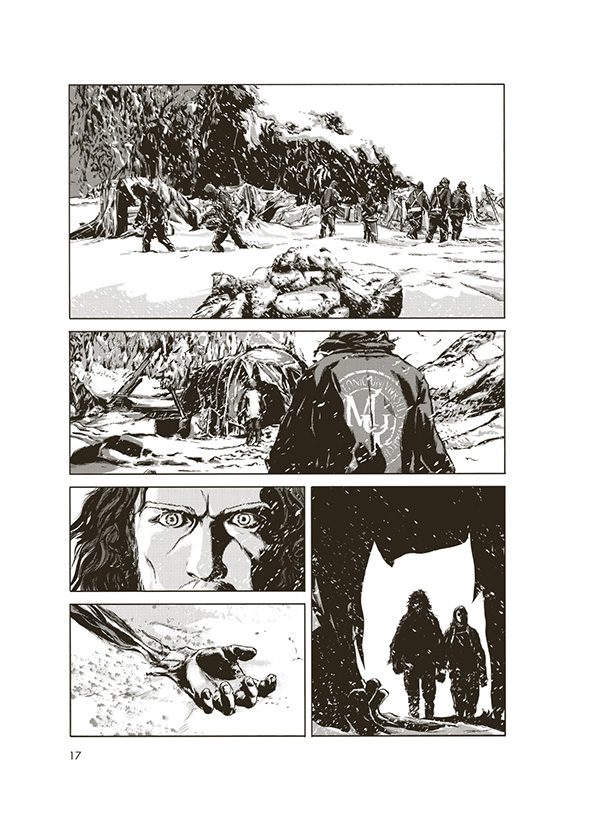
View fullsize
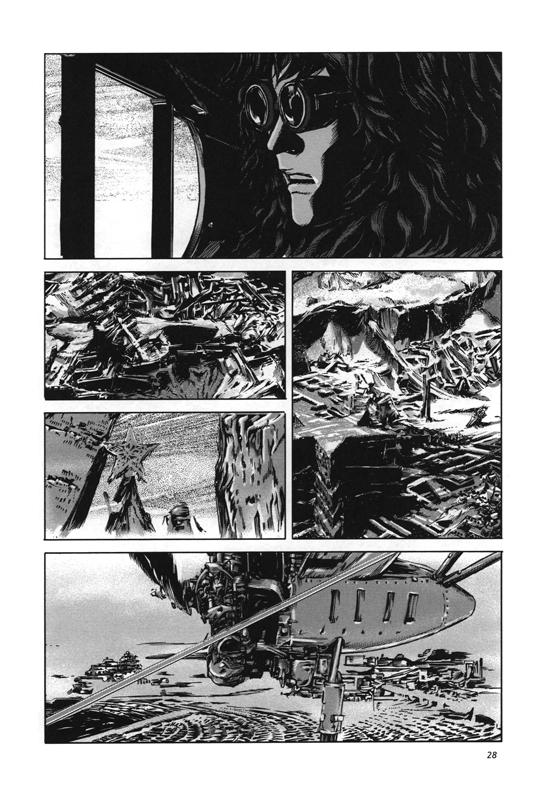
View fullsize

View fullsize
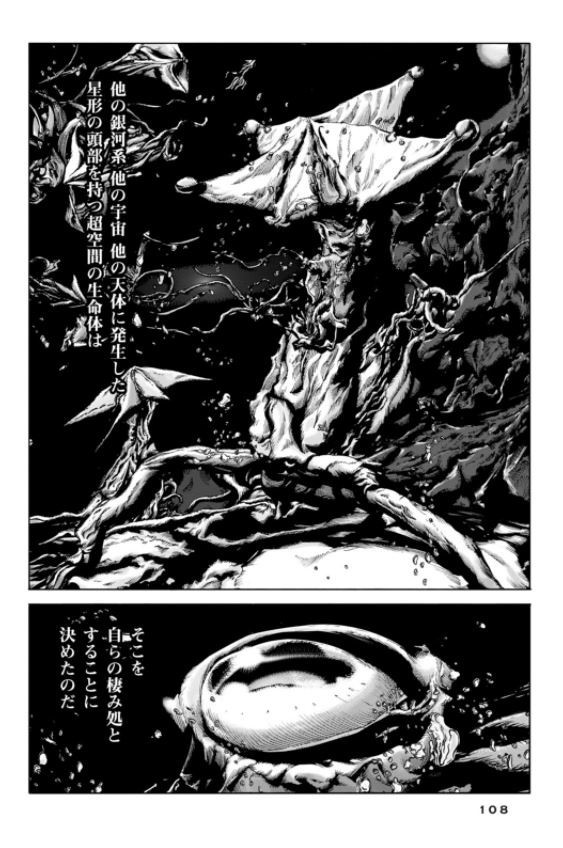
View fullsize

View fullsize

View fullsize
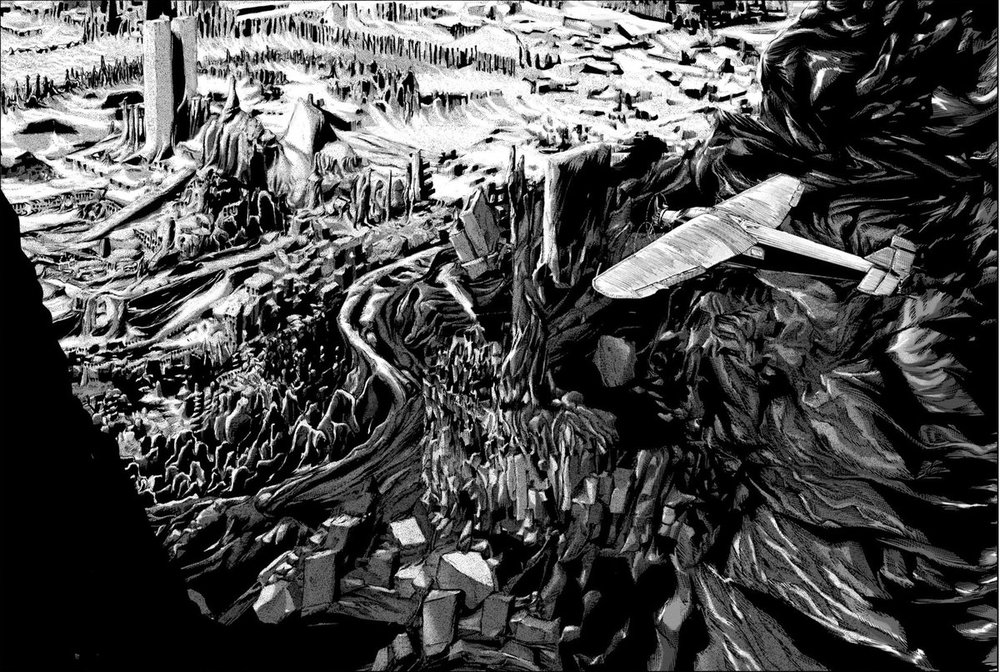
View fullsize
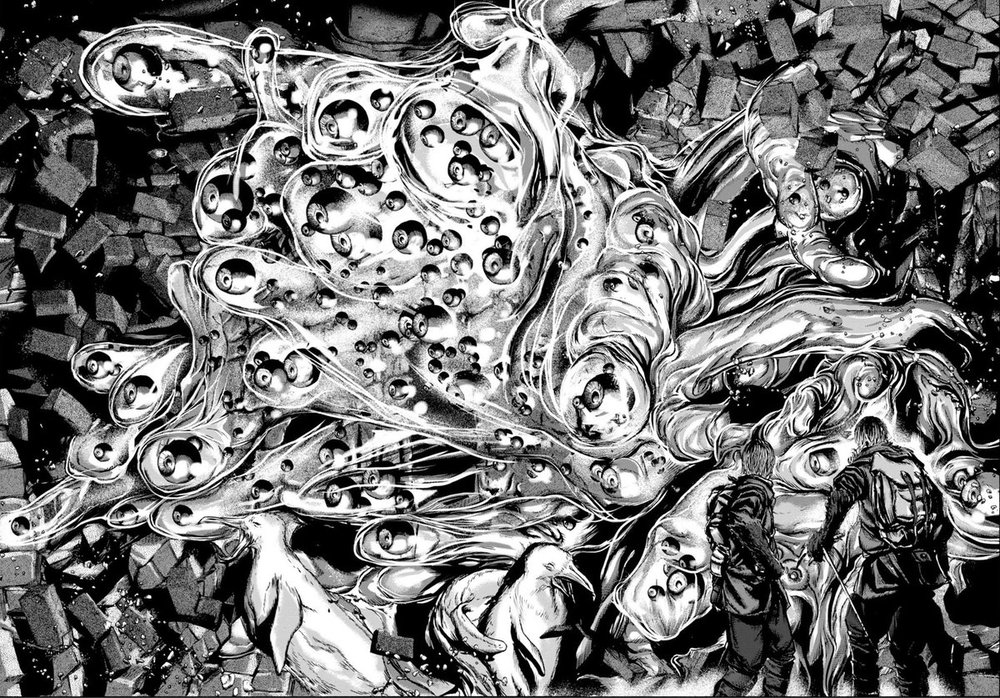
View fullsize

View fullsize

View fullsize
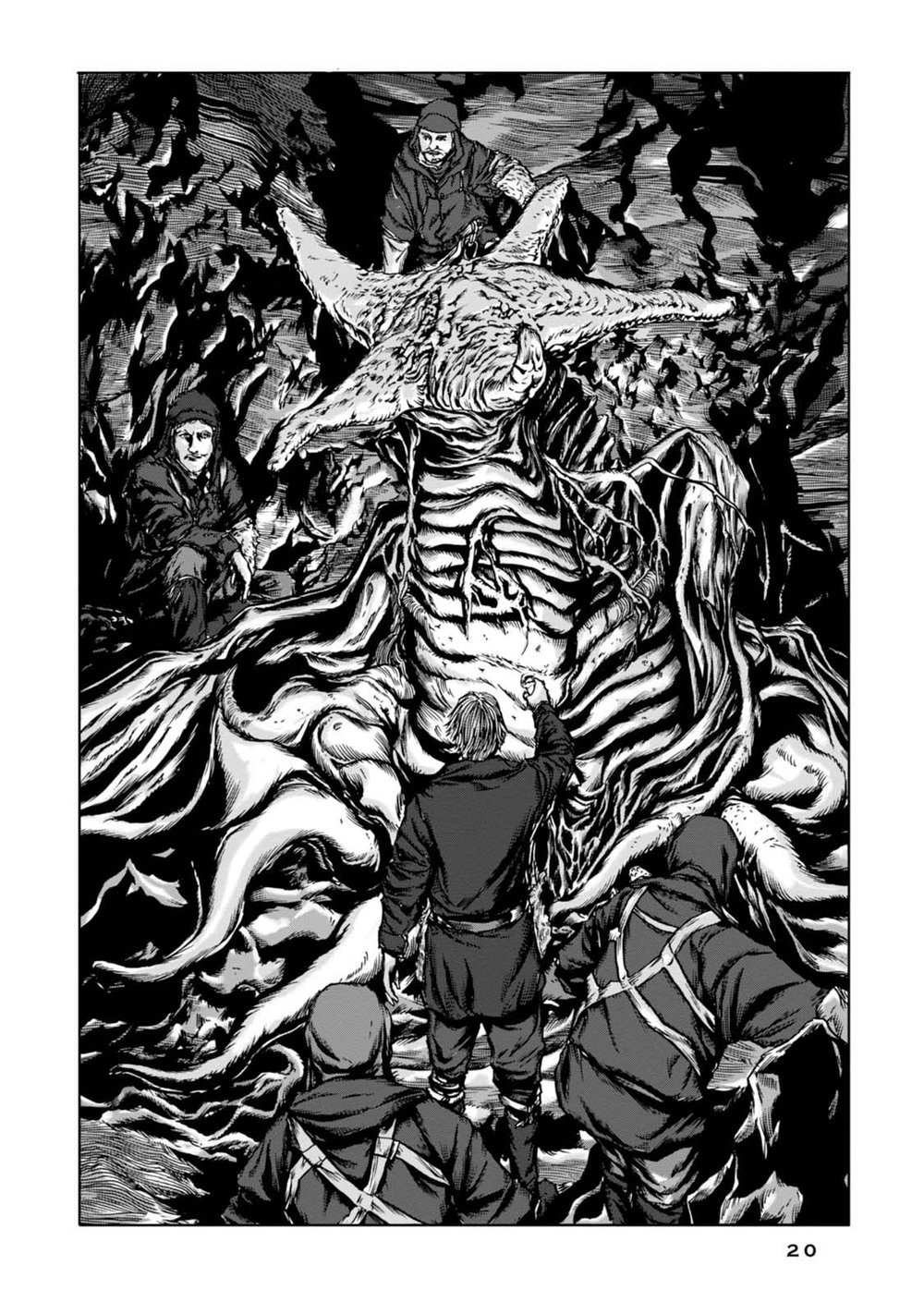
View fullsize
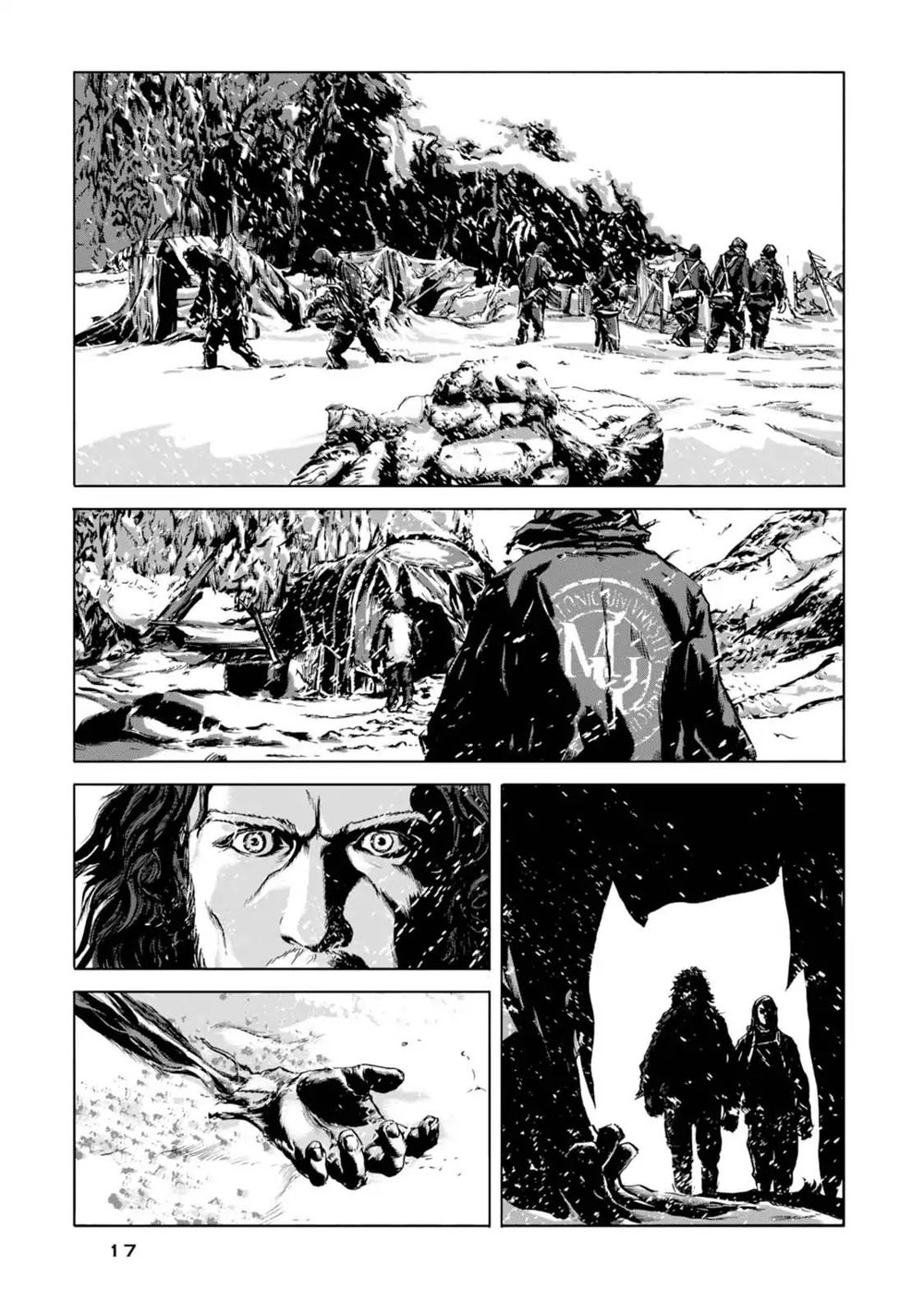
View fullsize

View fullsize
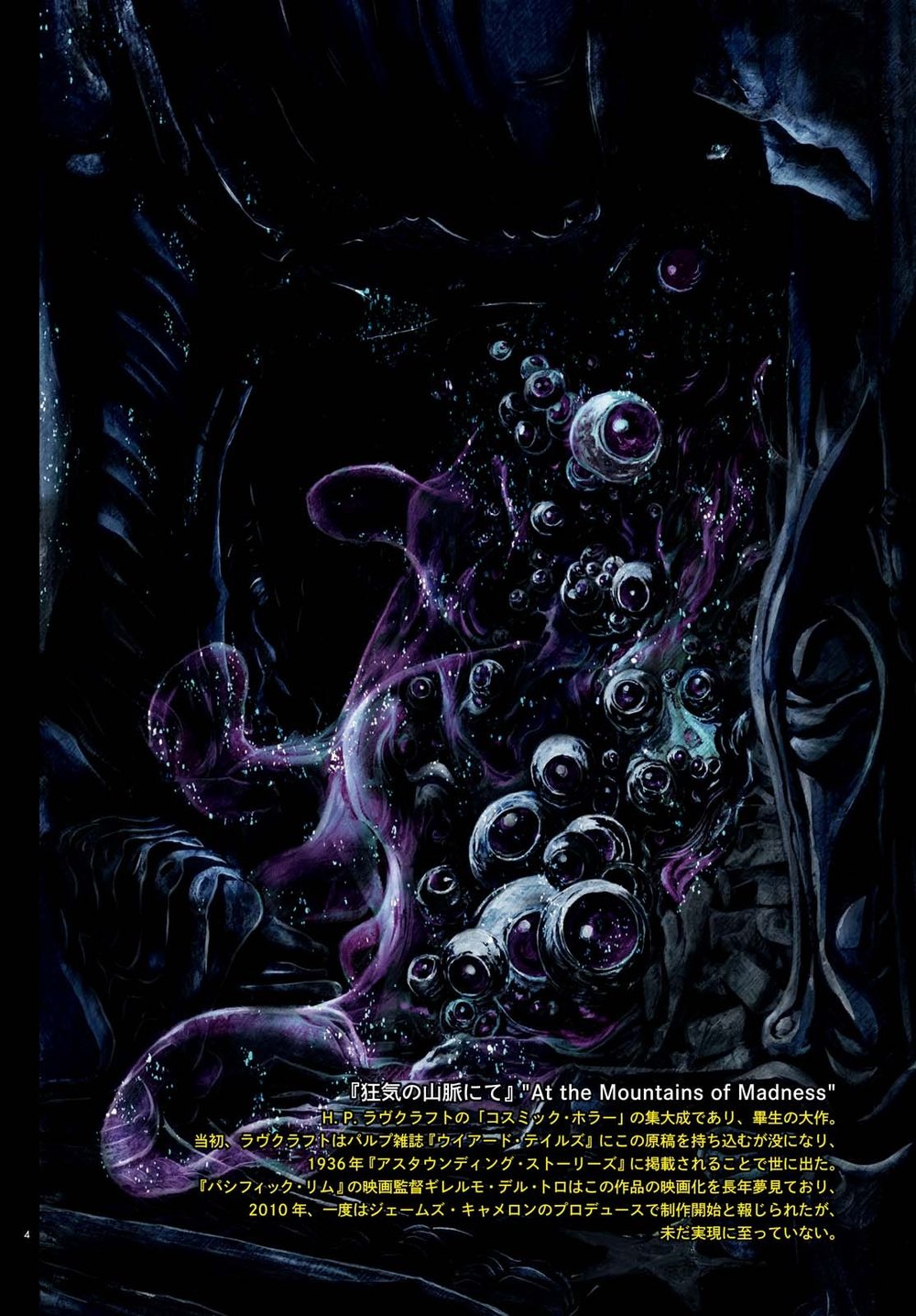
I highly recommend getting you hands on the newly released English edition of Gou Tanabe’s At the Mountains of Madness. The art is amazing. I don’t love his take on Lake, or changes like making the dig at Lake’s camp a cave, but on the whole this is a fantastic take on the story!
Posters
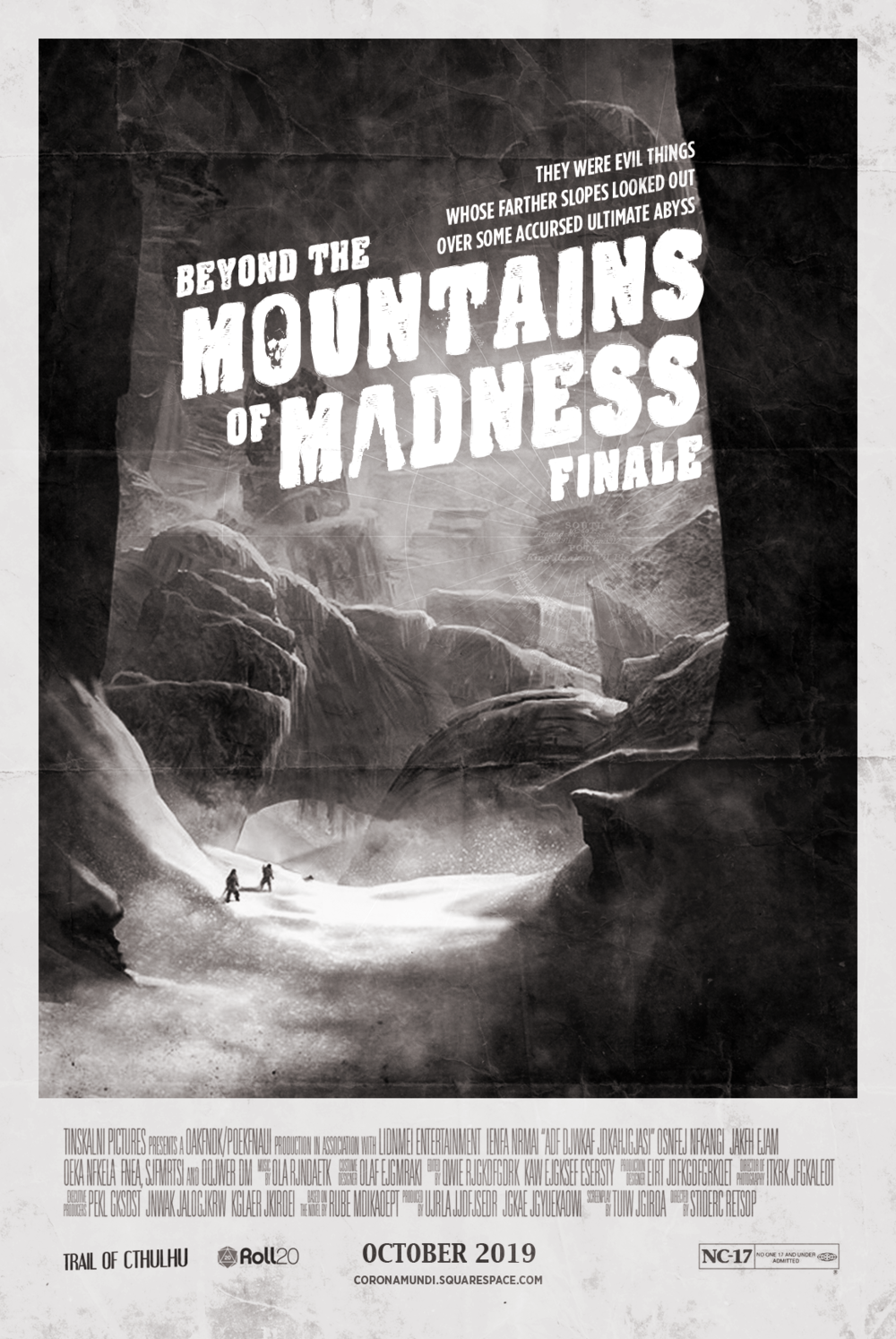
View fullsize
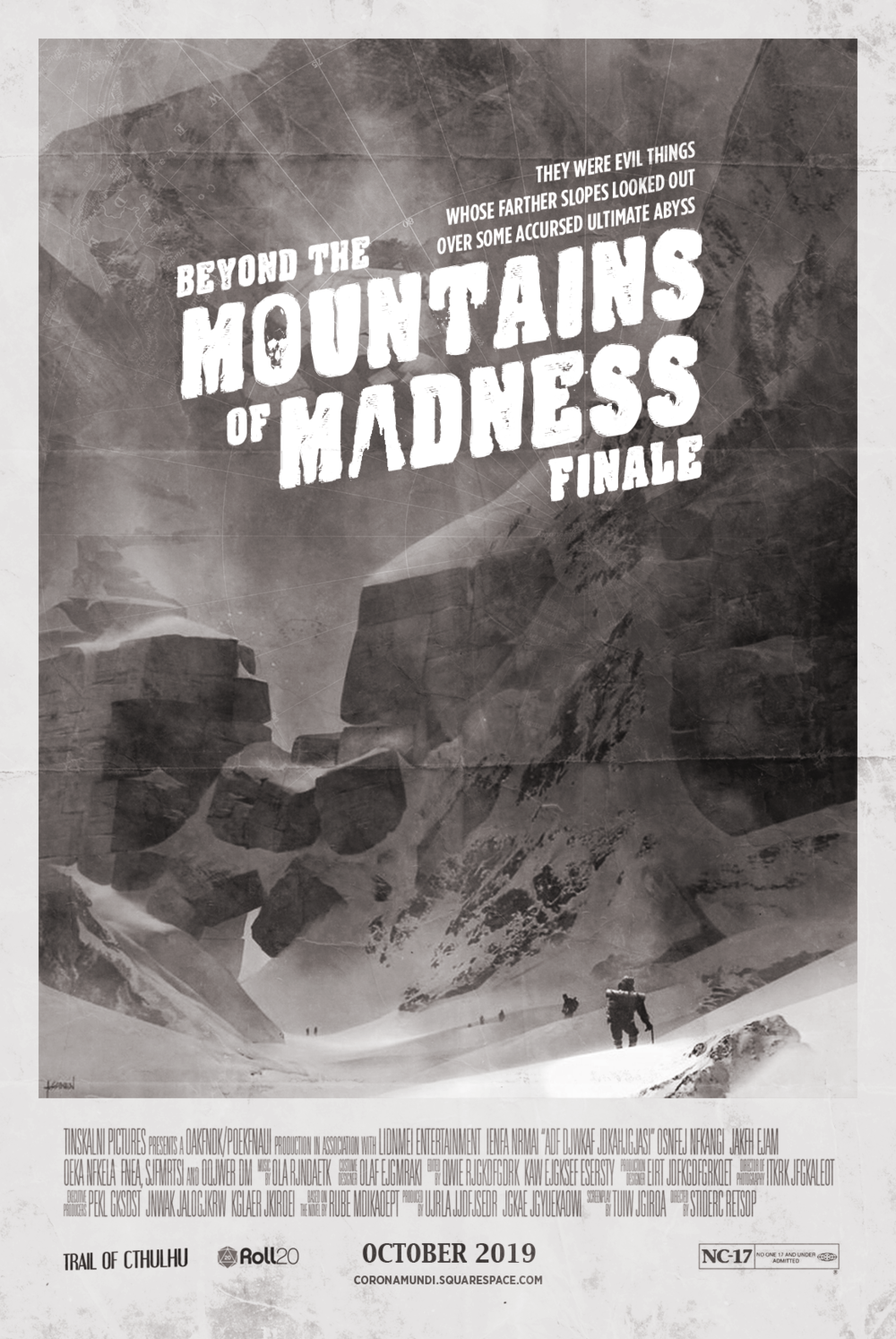
View fullsize
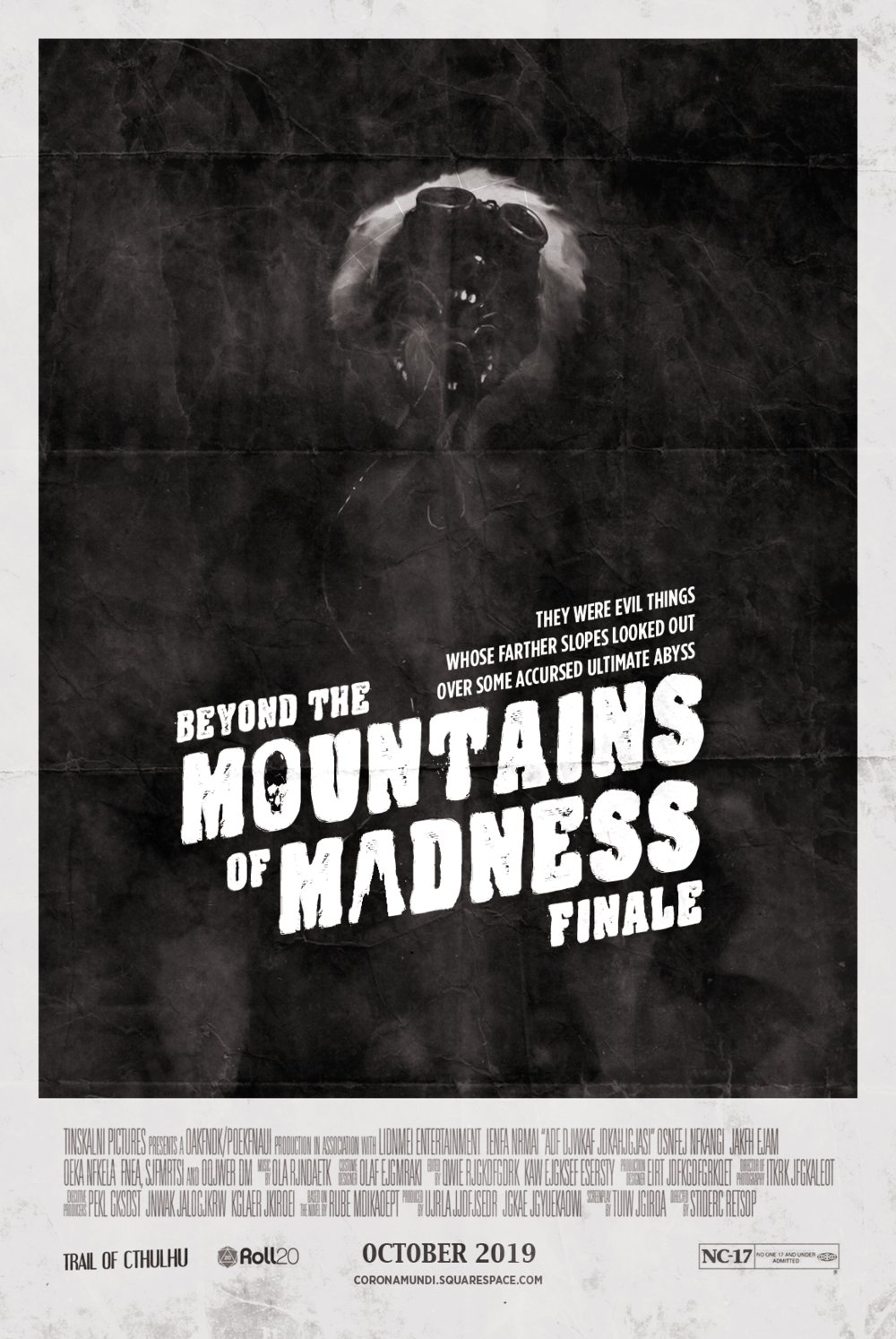
View fullsize
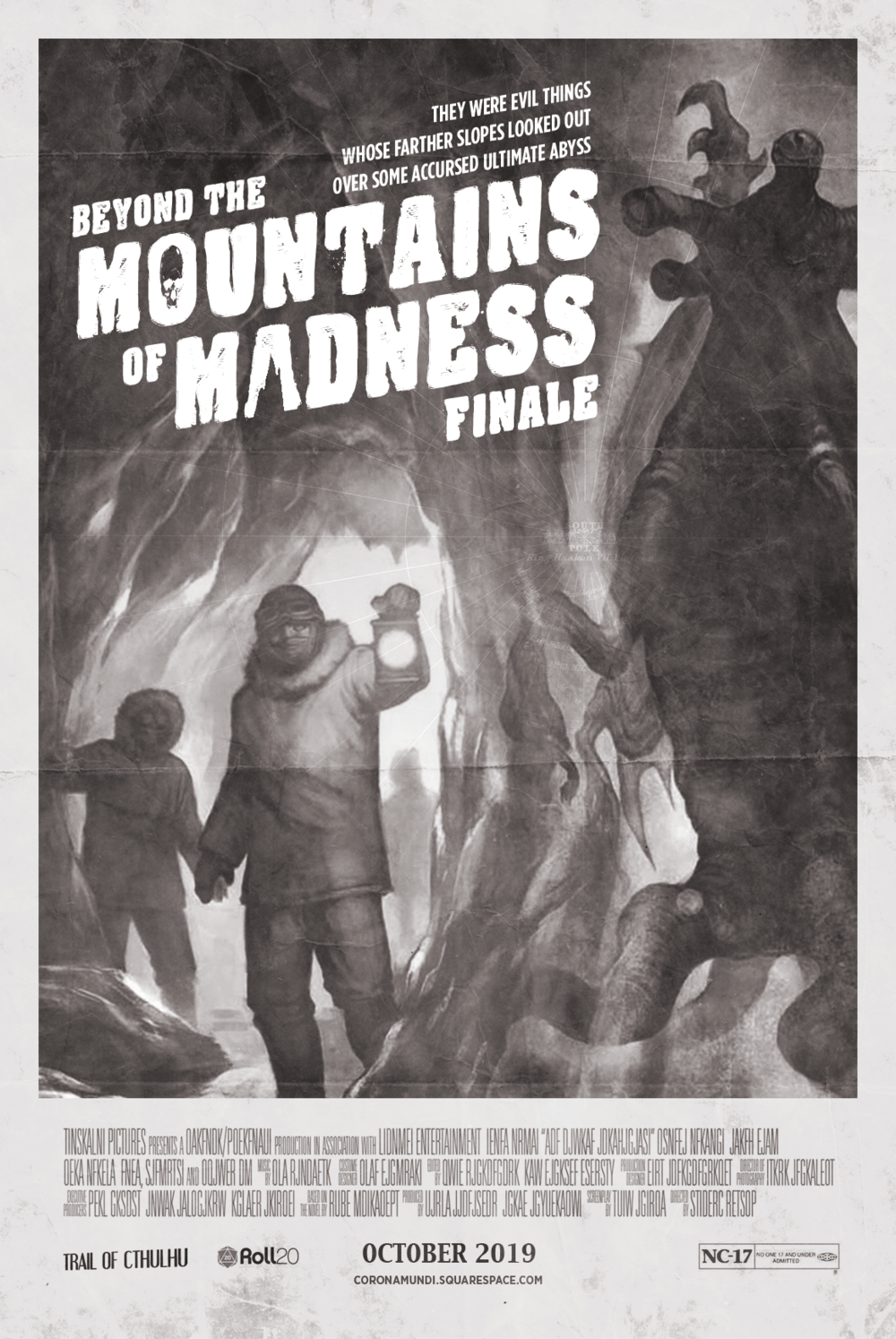
View fullsize
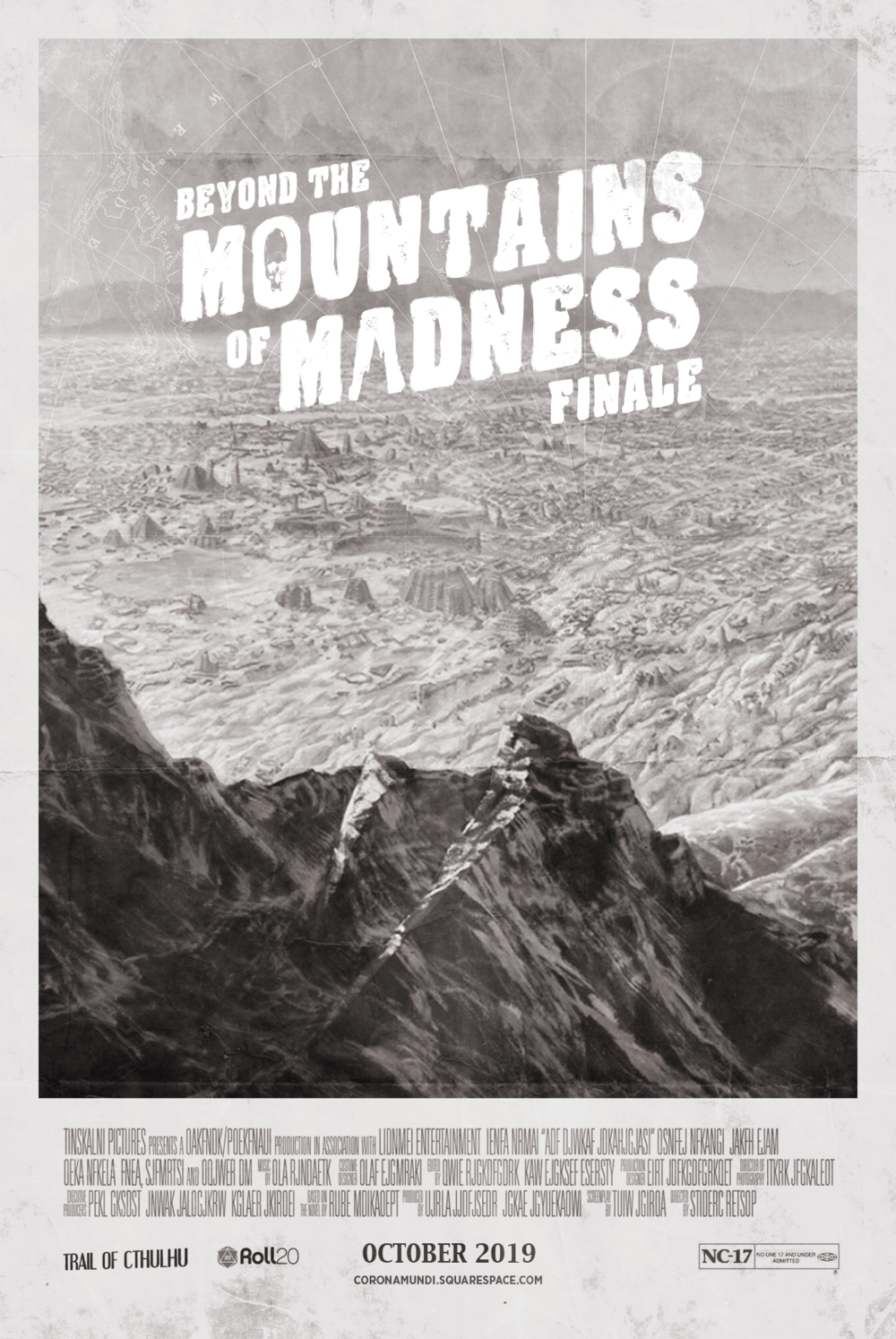
View fullsize
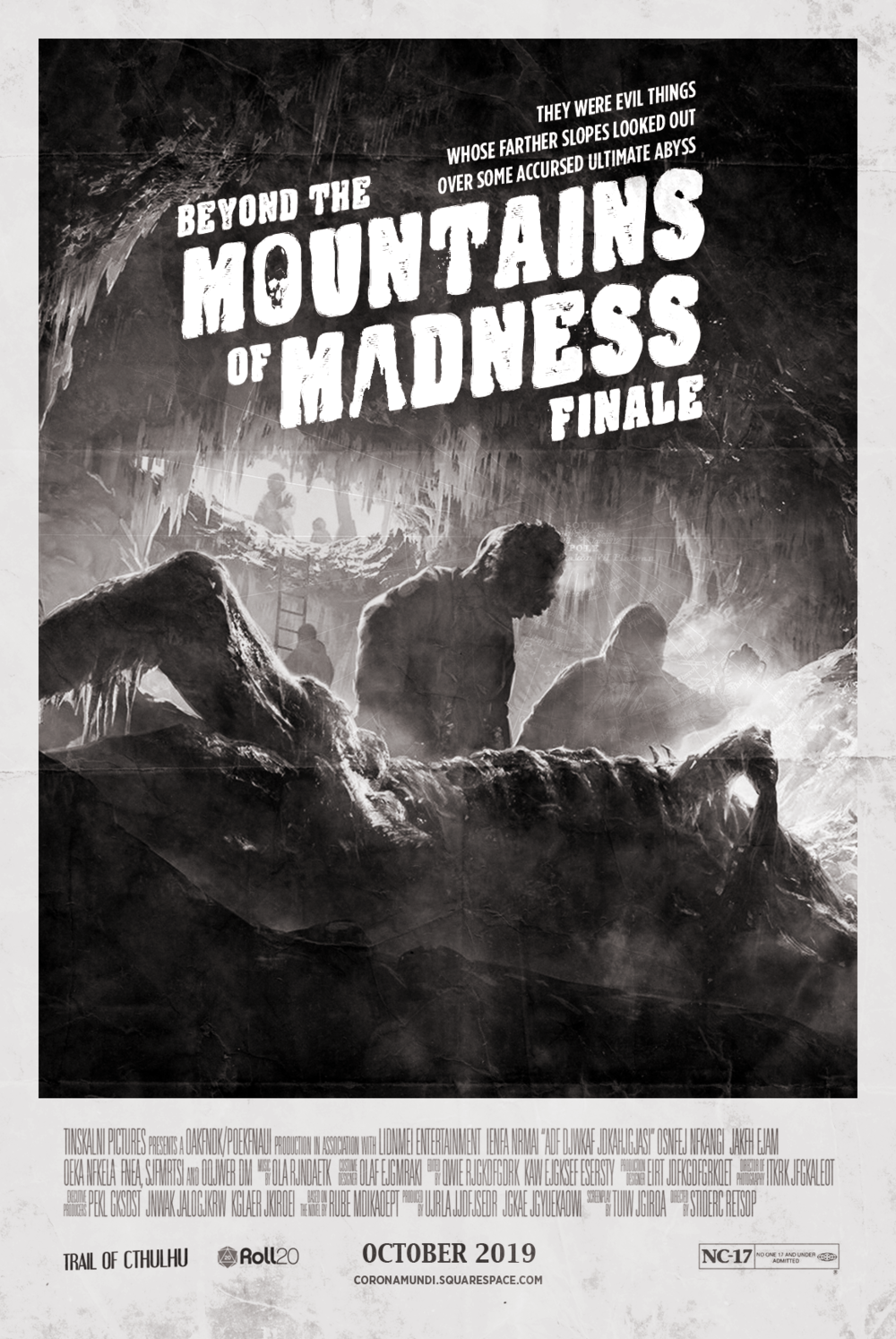
View fullsize
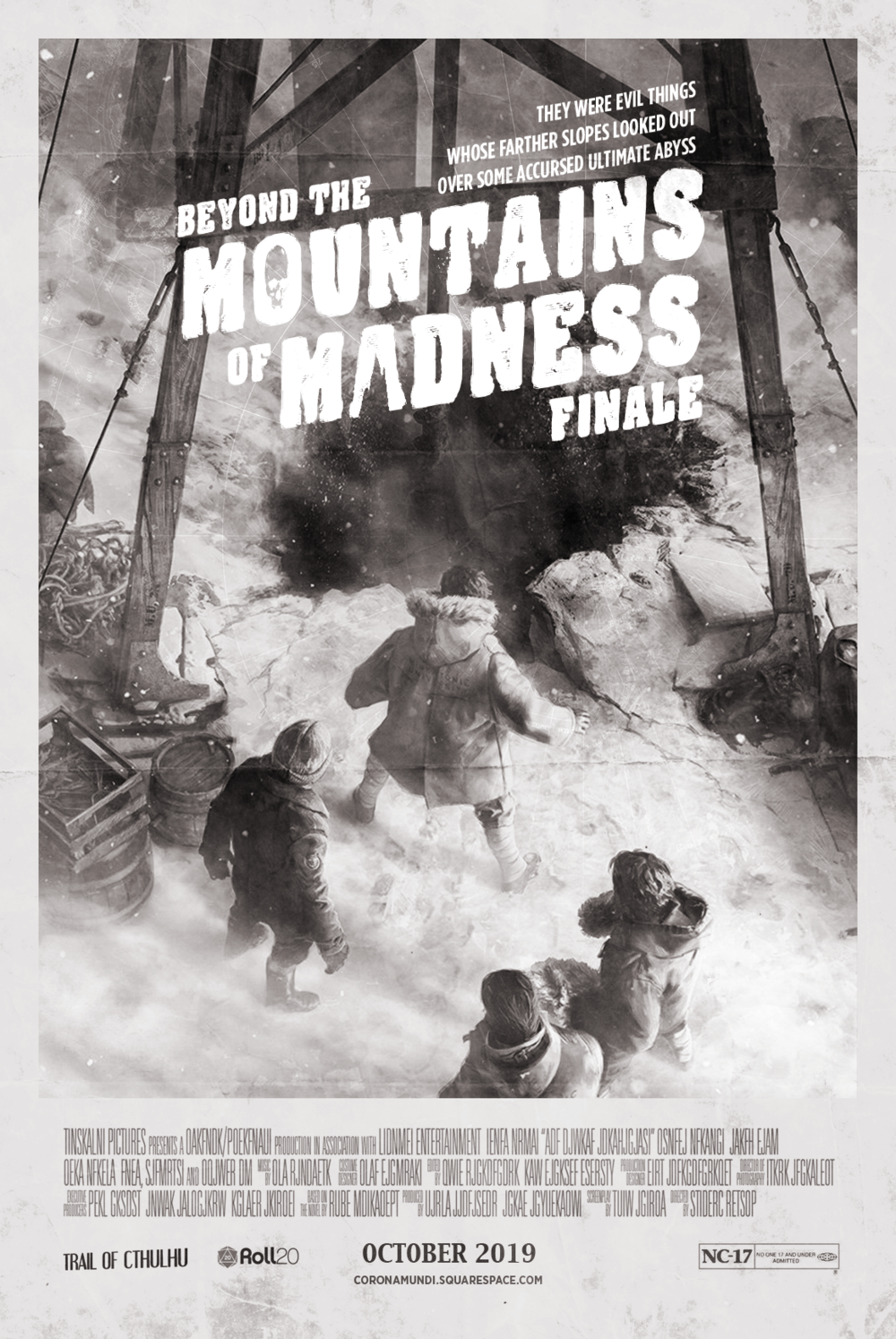
View fullsize
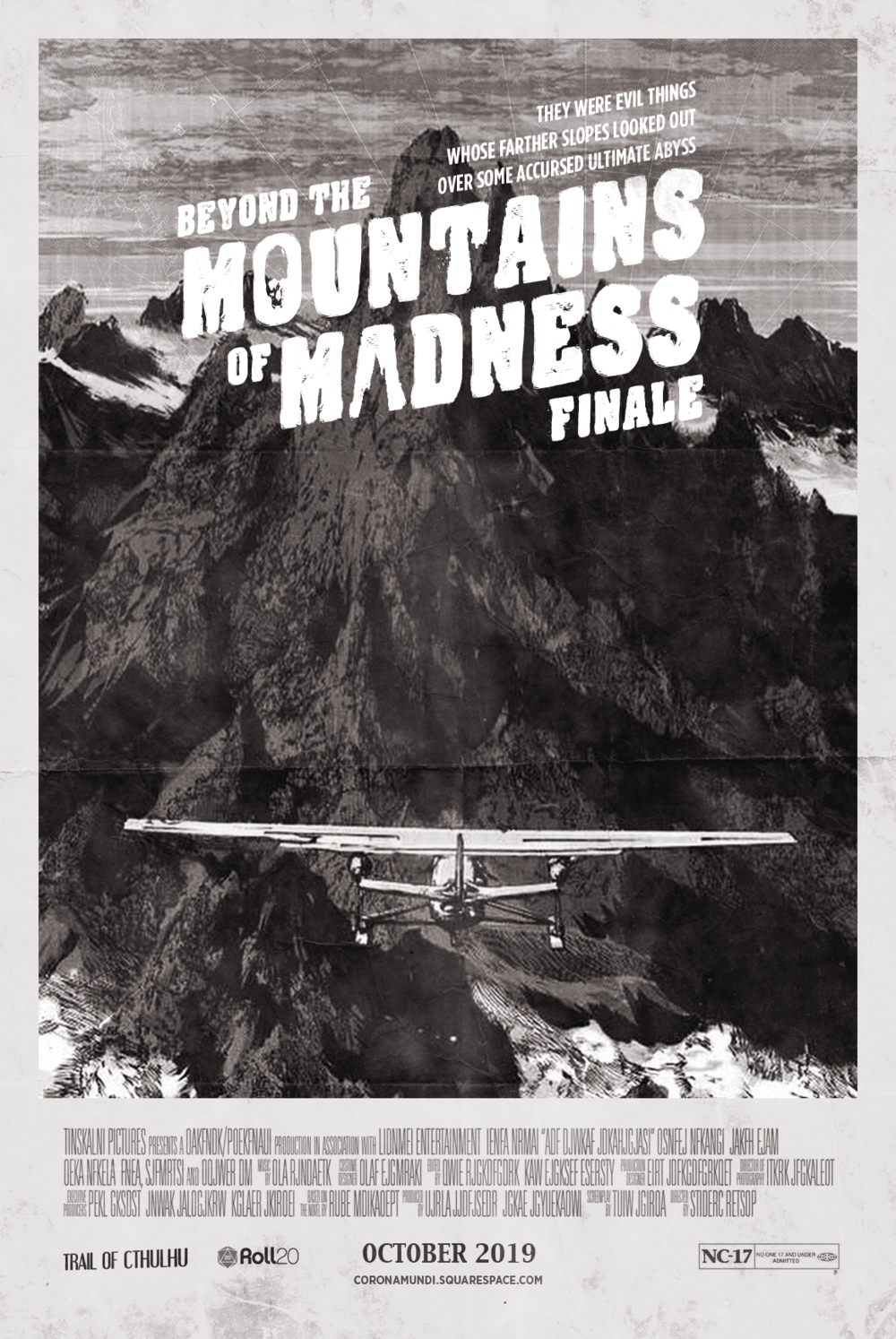
View fullsize
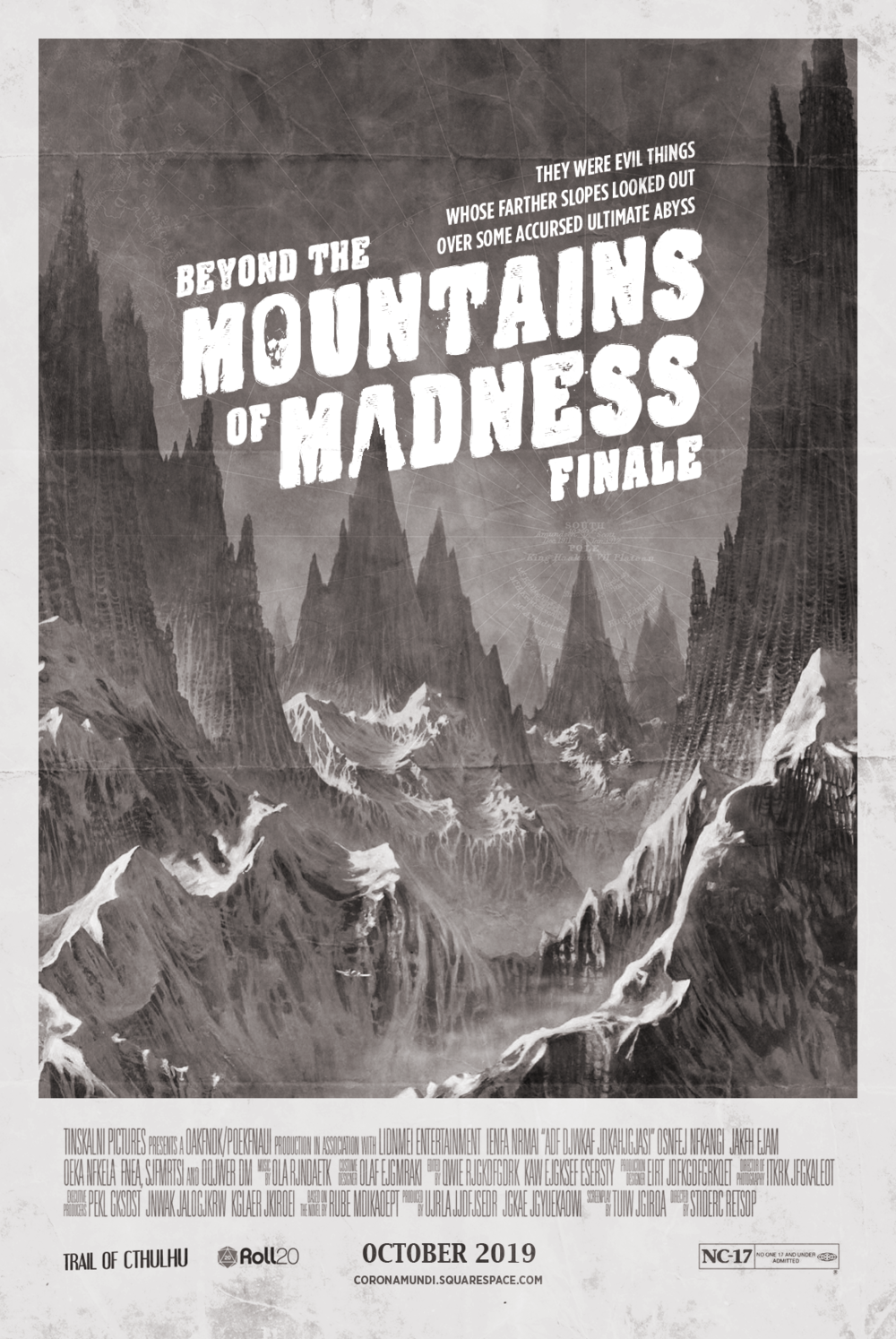
I stole some artwork to make a few posters for a special event my group and I are trying to put together. Credit to all the original artists, most of which I’ve featured on the blog.
On the Boeing 247D
I’m currently spending some time with the Boeing 247D, for reasons which can become apparent later, and I found that the text has a minor error in it. The specs for the Boeing on page 386 lists it as having 12 seats on board, but being able to carry 5 passengers (in addition to the pilot and navigator).

First of all, as near as I can tell the 247D actually had five rows of two seats, for a total of 10 passengers, as shown above. So even if it was fitted for passenger flight, it wouldn’t hold 12 plus pilot and navigator. Moreover while the Boeing’s are configurable, I don’t know how much so once you’re on the ice. The diagram on page 387 shows the Boeing outfitted with four extra fuel tanks just behind the cockpit, which would take up two rows, which leaves six seats.
Once you make room for the ‘extra radio equipment’ listed on page 386, that probably leaves us with the five passenger payload it lists.
Stay tuned for more riveting content!
Rediscovery

Great student film special effects of a modern expedition to the MOUNTAINS OF MAADNEEEESS!
Leng

I bought myself a copy of this poster a while back.
A Wallaroo Alternative
I came across a really fantastic alternative to the Wallaroo encounter in the campaign book. It builds it up a lot more, and tells a much more well rounded story.
As suspected, the sound comes from an animal—a sooty albatross has found his way into the tank, and has broken his wing. The pathetic bird grows still upon being illuminated, staring up at the investigator with unblinking eyes. The bird’s feathers are ragged and covered by half-frozen whale oil, and it’s clear the creature has been living on the human remains.
Yikes. And that’s not all.
François Baranger's Mountains of Madness


View fullsize
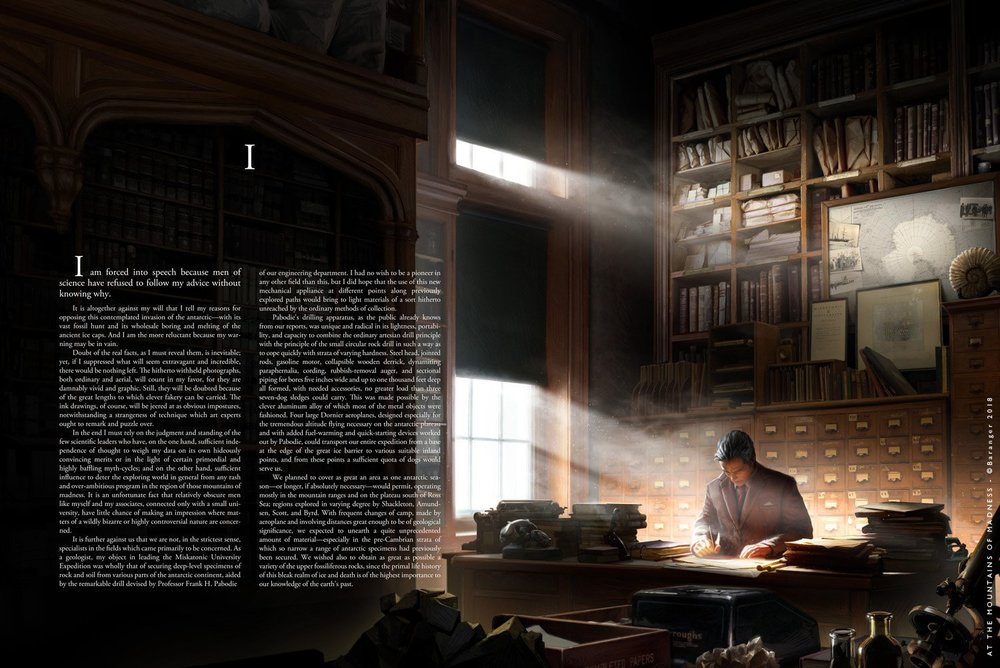
View fullsize
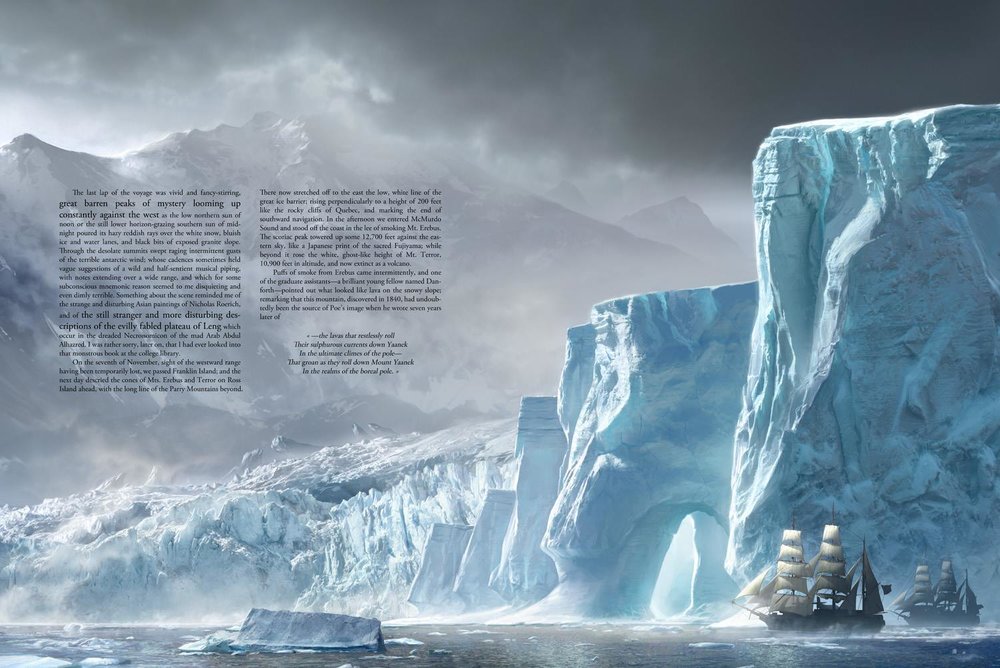
View fullsize

View fullsize
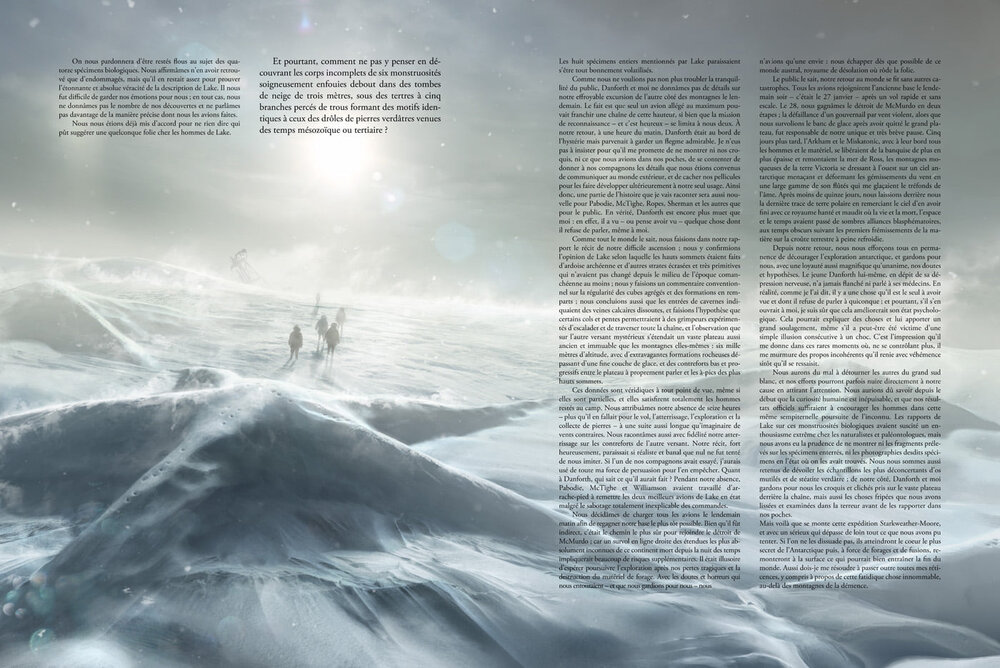
View fullsize
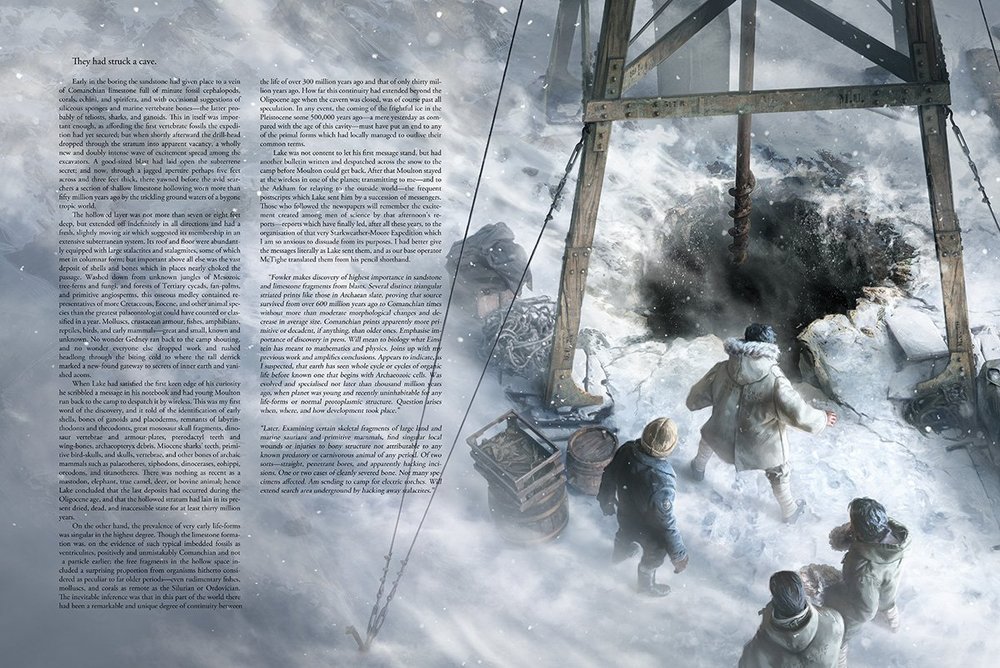
View fullsize
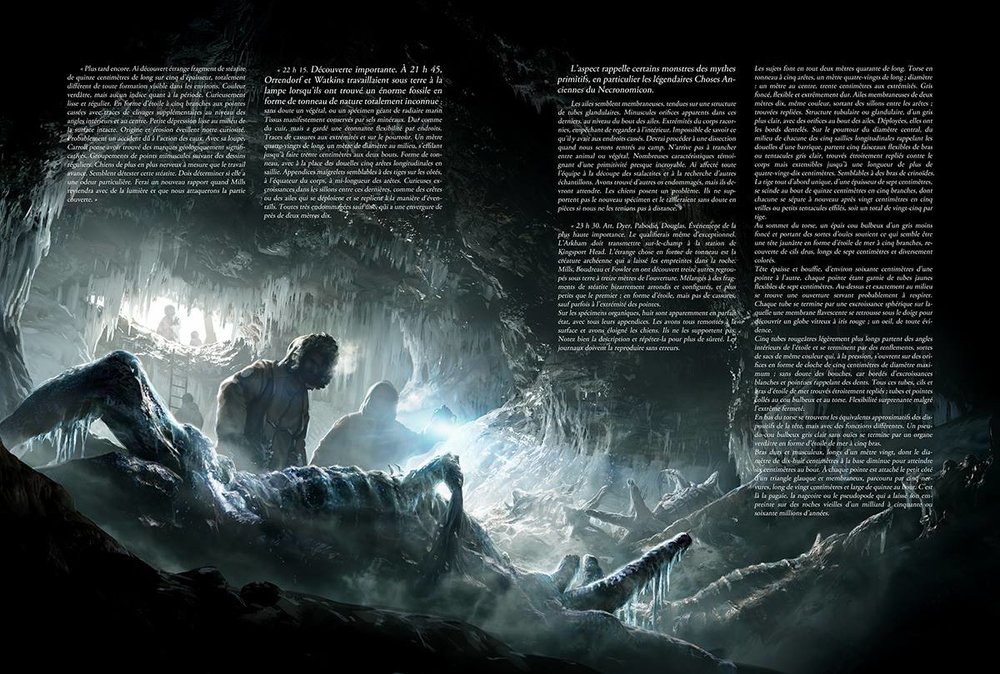
View fullsize

View fullsize
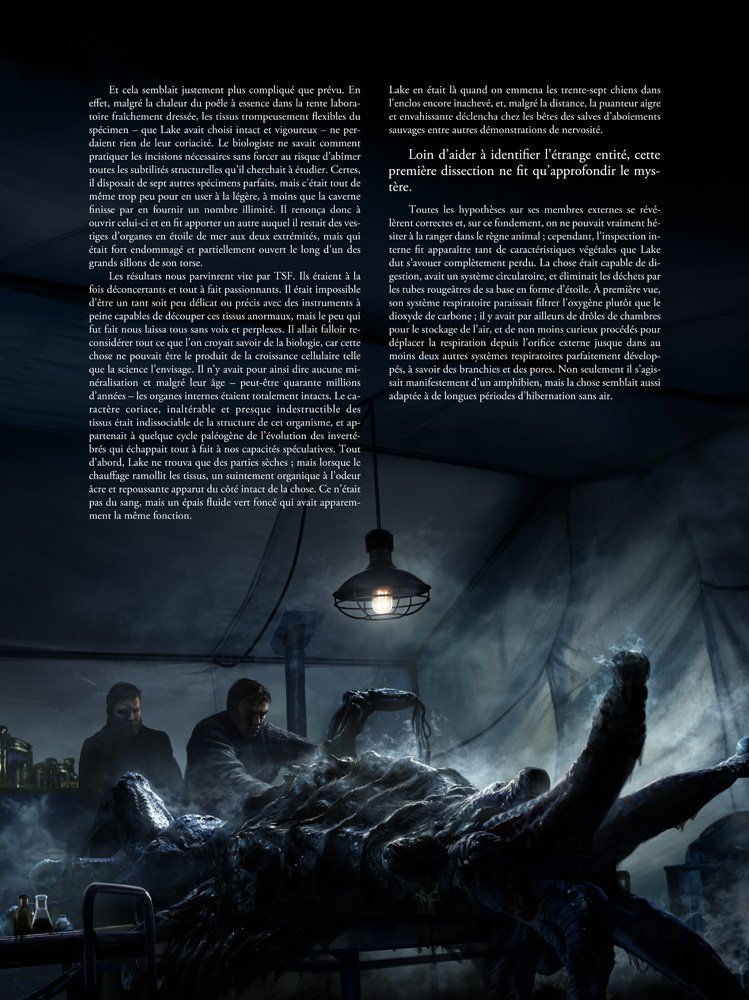
View fullsize

View fullsize
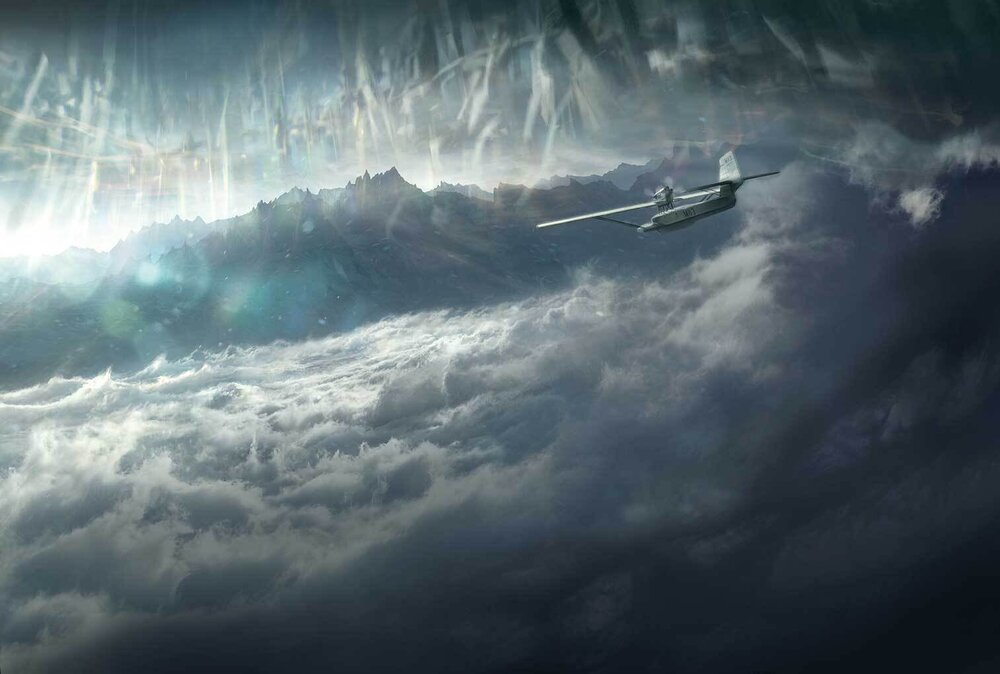
View fullsize
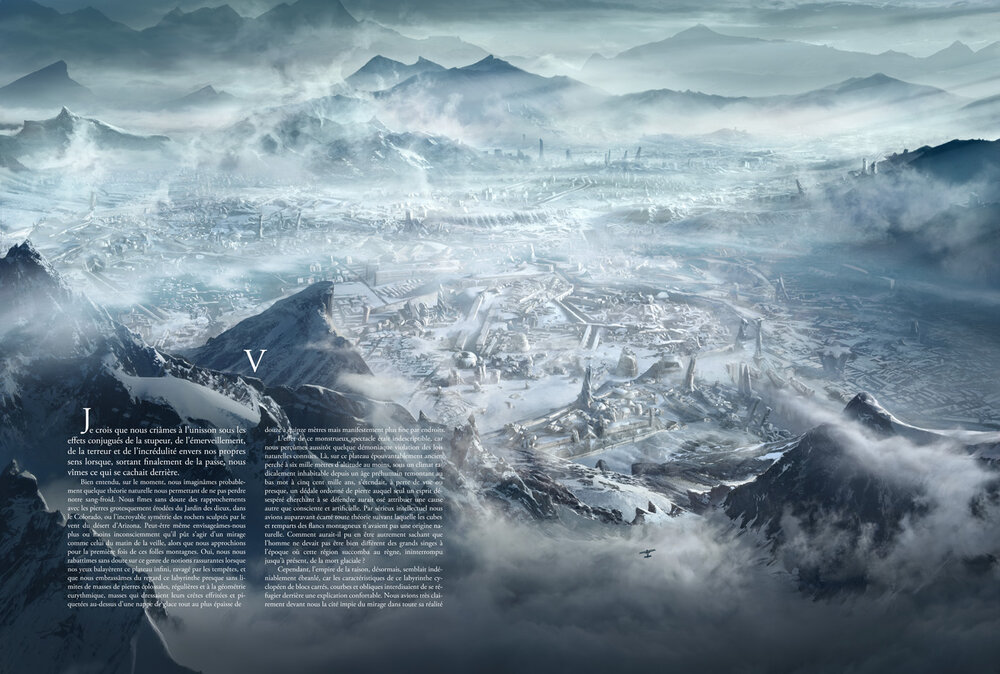
View fullsize
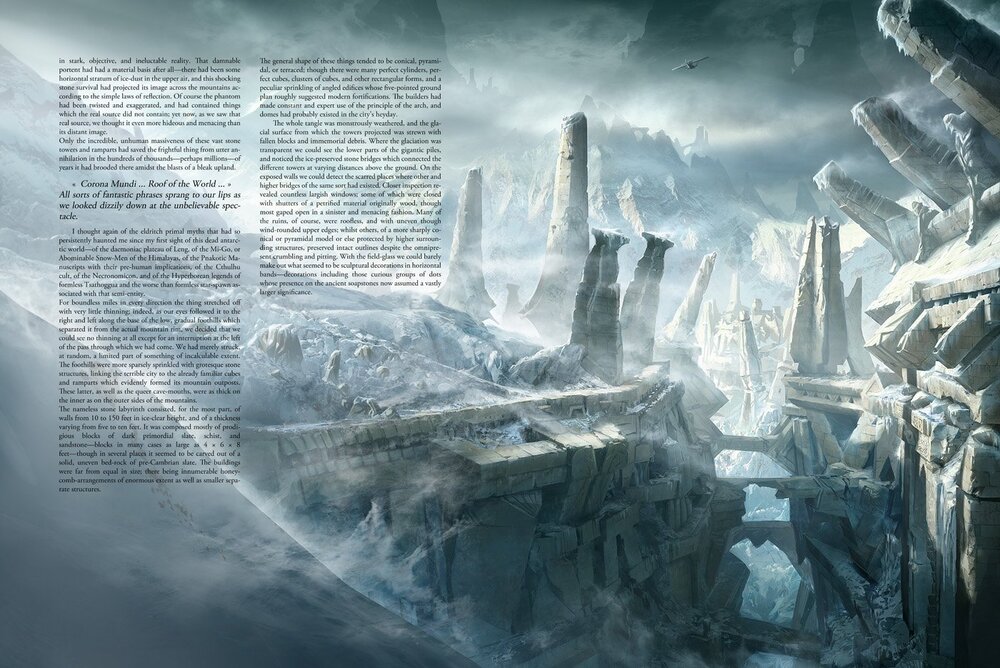
View fullsize
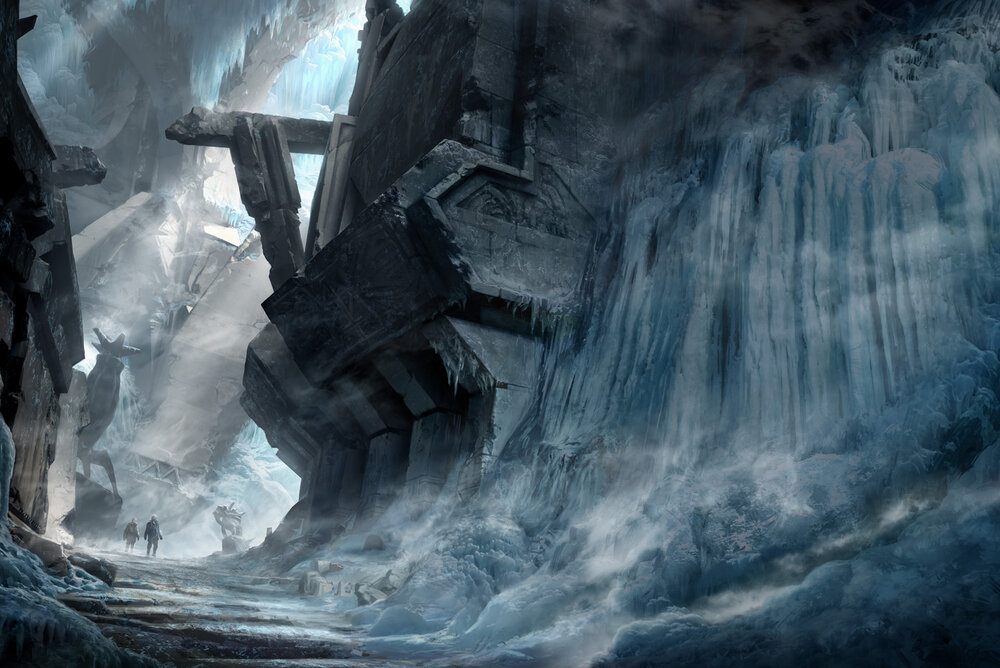
View fullsize
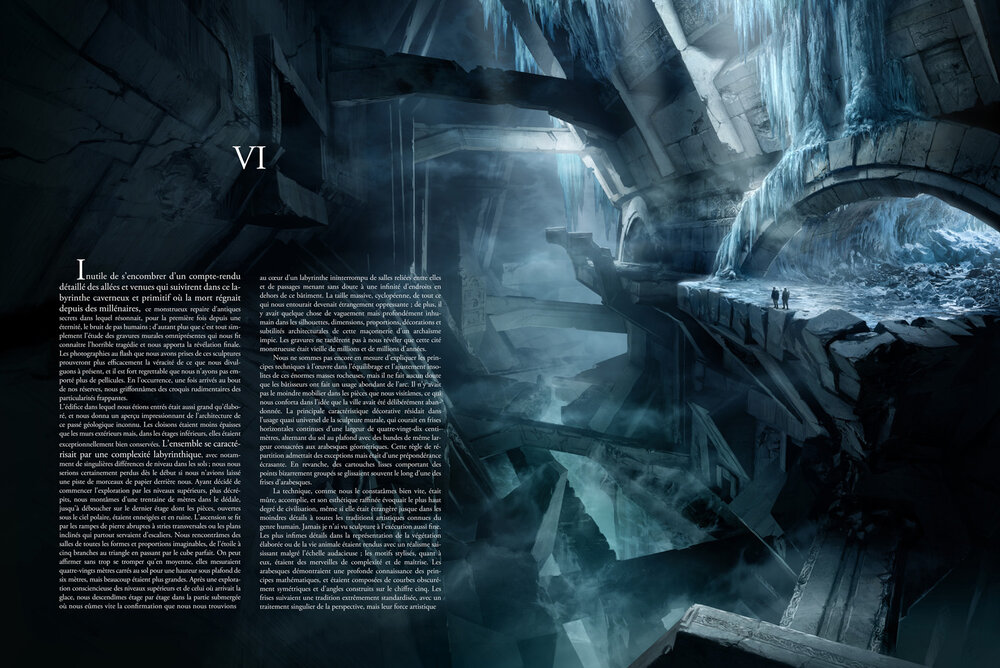
View fullsize
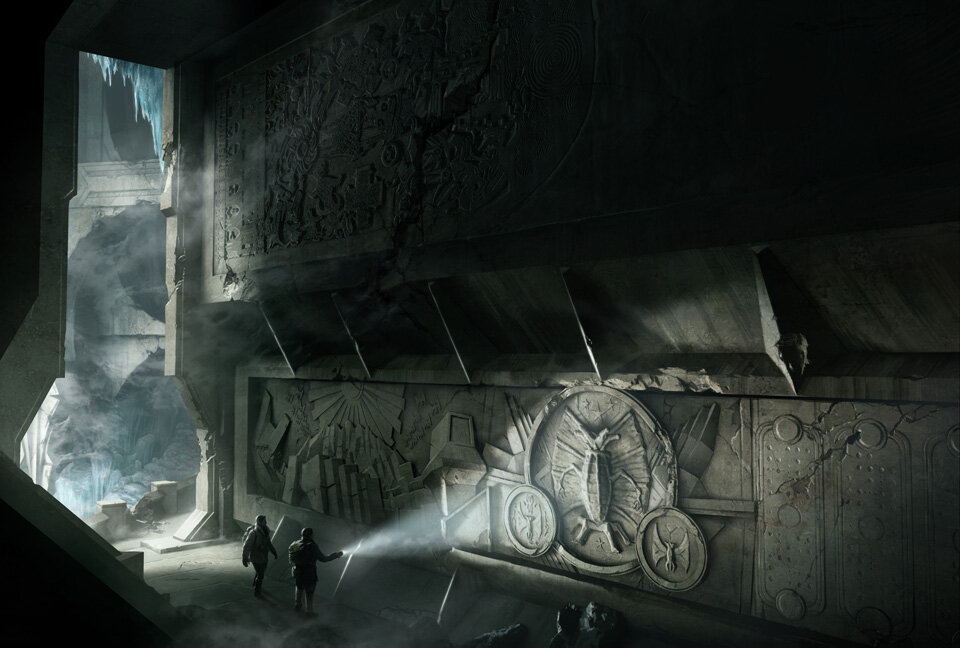
View fullsize
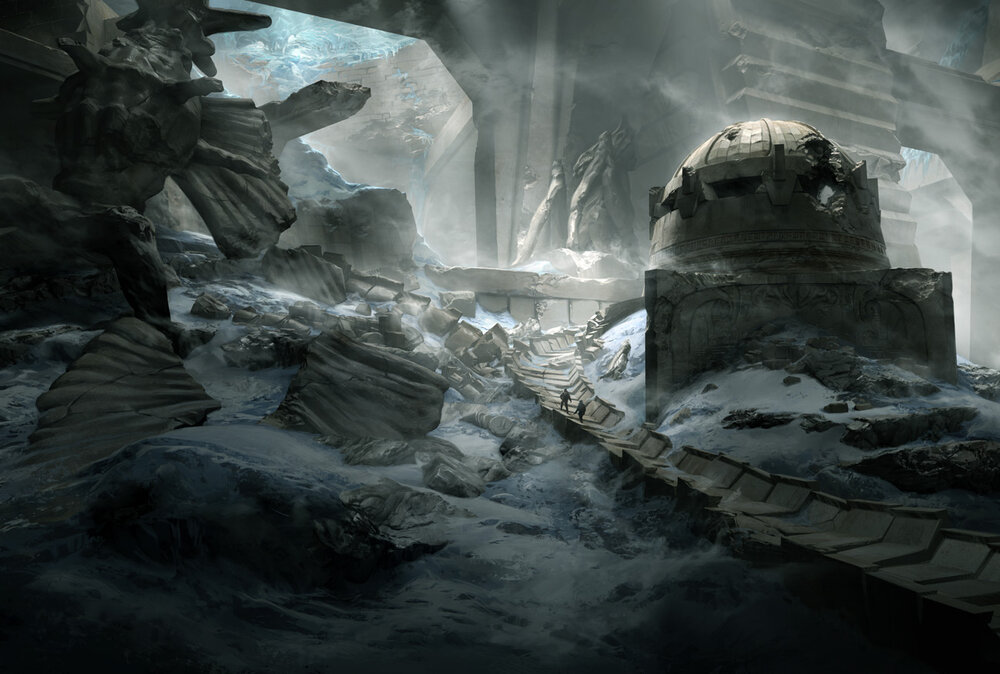
View fullsize

Follow him on Twitter for updates on this amazing work.
It's Alive!

Found this magnificent gem by Piotr Jabłoński depicting the incident at Lake’s Camp. More please!
A Brief Notice
I’m not dead.
Nor am I insane. So far.
I am however a father now, and time is scarce. We haven’t had a session of this campaign in a while, but I do have several sessions recorded that I also haven’t released yet. Unfortunately I don’t have both sides of the latest session, which is quite disheartening (if for no other reason than it will be harder to pick up once we get back into it).
I’ll try and gather the party again in the new year and finish what we began. Hopefully you’ll still be around.
Tekeli-li!
Vredenburgh
I was by struck something that seemingly cannot be a coincidence, but of which no hints of a relationship or any sort of explanation is given in the Beyond the Mountains of Madness book itself. I can only assume that it is an easter egg-like wild goose chase (or seed for any Keepers who, God help them, want more side adventures), but I must admit it confounds me somewhat.
Specifically I'm talking about the Vredenburgh family, and their propensity to appear throughout the BtMoM storyline. Historically, the first one appears in 1838 in the Poe's The Narrative of Arthur Gordon Pym.
“A sailor, Peter Vredenburgh of New York, is lost overboard on Jan 10th. Keeper’s note: the Grampus was owned by the firm of Lloyd and Vredenburgh, but no connection between the names is revealed. ”
And furthermore, the bark Grampus, is owned by Lloyd and (the second) Vredenburgh, although no connection between the two Vredenburghs are ever made in Pym's tale.
The third one appears some time after 1897, when Stanley Edgar Fuchs wants to sell the Pym manuscript, believing it to be fake.
“The advertisement was seen by Nathaniel Vredenburgh, a wealthy ship owner in London. Vredenburgh wrote at once to Fuchs offering $500 for the work, but by the time the letter arrived Fuchs had already sold the signature to Percival Lexington.”
And the fourth one of course, is Henry Vredenburgh, who comes to captain the Starkweather-Moore Expedition's ship, The Gabrielle, after the unfortunate death of Captain Douglas.
Three or four generations of Vredenburghs, spread out across almost a hundred years, all involved in some way with the Pym story and the Antarctic? Something's fishy.
I asked Chaz Engan, author of Beyond the Mountains of Madness about it, and he confirmed that indeed, there are purposefully plenty of Vredenburgh's, but that there is no actual connection between them; just straws for the investigators to grasp at.
The Wallaroo

A lost whaler, and the last words of a defeated captain. A mysterious bounty.

Soundtracks
Over time I've managed to suss out a few soundtracks written directly for At the Mountains of Madness, and I finally took the time to gather them as a list.
- By Reber Clark (for the HPL Literary Podcast)
- By Alicorn (used by Yoggie's BtMoM podcast)
- By Erdenstern (official soundtrack for European 2e BtMoM)
Elder Thing Relief
1932 National Geographic Map of Antarctica

Found this print-resolution map from 1932 of Antarctica published by National Geographic. Perfect for BtMoM (and perfect for the new, concurrent instance I'm starting next week). Thanks to the David Rumsey Map Collection (this 1931 map is also not half-bad).
Download Printable MapLovecraft's Penguins

This penguin was made for Guilermo Del Toro's abandoned attempt at making At the Mountains of Madness. It's wonderfully repugnant.
Session 9 — Through the Pass
The expedition makes its way through Dyer's Pass and lay eyes upon that high, frozen plateau where an ancient ruin awaits them.
Only took a little more than a year to edit this one; at this rate I'll see you again in 2020.
Map of the City

Removed the numbers from the Keeper map on page 186 for use as a player handout.
Session 8 — The Caves
Unexpected visitors arrive at Lake's camp, and a small group of expedition members explore a vast cave network under the ice.
Recorded January 31, 2016.
A Peek at My Library
I recorded a few videos talking about some of the books I've got in my private collection, and this one covers most of my Beyond the Mountains of Madness collection, along with assorted props.
Redrawn Map of Lake's Cave

Needed the map for Lake's cave, so I drew a version of it for our game. And no, there aren't any new episodes yet, but yes I do have two in the can, but no time to edit them.
A New Look at the Elder Things

Kurt Komoda has gone to great lengths to draw what is probably the most accurate version of the Elder Things so far; a great resource for any keeper of BtMoM.
And no, our game isn't dead, merely in suspended animation as life became too chaotic for planning for a period. As it begins to settle down once again, I expect we'll pick up the scent any week now. Also I do have our previous session recorded already, I just need to find a day or so to edit it in.
Session 7 — Keeper's Debrief
The keeper talks a bit about how things are going. And once again I say the wrong session number. This is indeed for session 7, not 6! There is no debrief for session 6.
Session 7 — Lake's Camp
In which the expedition reaches the remains of Lake's destroyed camp in the foothills of the Mountains and find evidence of more than a freak Antarctic storm.
Session 6 — Antarctica!
Sorry for the long wait, but session 6 is now finally available. Having run out of time, the editing standards are a bit lower this time around, as I'm trailing somewhere in the neighborhood of 10 hours of recordings.
This session sees our expedition arriving on Antarctica, and trouble following them close by as they're awoken in the early morning by an alarm.
Session 5 — Keeper's Debrief
The keeper rambles on about session 5 (which he keeps mistakenly referring to as session 6), Trail of Cthulhu vs. Call of Chtulhu, the use of sound effects in games and how to deal with action scenes in general as well as a lead in to session 6.
Session 5, Part 2 — Stormy Weather
Having departed Melbourne, The Gabrielle sails south, into troubled waters. A storm breaks on the ship, tearing cargo loose in the holds and the investigators put their lives on the line to save the ship.
Session 5, Part 1 — Melbourne
The Starkweather-Moore Expedition continues its journey to Australia, while the intrepid investigators try to get to the bottom of the Henning case. While in Melbourne, there's time for some R&R, before they once again head back to sea.
This session's audio was too big to put in one podcast episode, so I split it into two parts, split between Chapter 5 and 6, when the ship departs from Melbourne. Here's a preview from the beginning of the storm, and a look into the madness that is Logic Pro X file (roll for SAN 1/1d6).

Postcard from the Panama Canal

A Sea Voyage

Thanks to Cthulhu Reborn making a mirror of GEEDUNK, I could use this fantastic line crossing prop as well as the accompanying invitation (and many others), instead of the lackluster one included in the book itself. I run most of the handouts I share in Roll20 through some griming in Photoshop, just to give them some semblance of the real world.

Session 4 — Keeper's Debrief
The keeper talks through his prep and experience for session 4, and the regrettable loss of the audio files.
Session 4 — To Sea (Recap)
Oh, calamity of calamities. Somehow Logic Pro X decided to ditch the .wav files from last session, and the recording is now nowhere to be found. So I had no choice but to simply record a recap and take better care of my files in the future.
This time, our intrepid explorers first dig into the history of Acacia Lexington's heritage and history, finding The Narrative of Arthur Gordon Pym, before they finally set out to sea. But trouble follows them, and soon after we find them battling unseen enemies onboard The Gabrielle.

Our intrepid gaming group
We lose Bjørn, but gain his brother, Christian, who will be taking on the role of Dr. Hermann Altmeyer, an... alternative, let's say, german scientist.
Map of the Panama Canal

As our intrepid expedition members set to see, their journey takes them from the Atlantic Ocean through the Panama Canal to the great Pacific Ocean and south towards Australia.
The Panama Canal
Pemmican

Head on over to Cephalopod Productions to learn how to make a delicious block of faux pemmican, the choice meal for explorers and dogs everywhere.
Map of the World

There's no traversing the world without a proper map, and Stanford's General Map of The World from 1922 is just the ticket, especially because it comes in an outrageously high resolution for all your printing or online VTT purposes.
The Westbury Hotel

The hotel where Commander J. B. Douglas stayed while he was in New York, The Westbury Hotel, was located on Scammel Street. A nice bit of research on the part of the BtMoM authors (I had to research it myself to figure out where it was supposed to be), since Scammel Street was one of several streets that were torn down in the 30s, to be replaced with Vladeck Park Houses, built in 1940.
All that remains of this street today is a path through that housing complex.
You Must Listen
Session 3 — Rivalries
Strange things are afoot in the world of Antarctic expeditions, and our stalwart explorers set about figuring out what exactly is going on that is causing them so much trouble.
Here's a look at my 15" MacBook Pro and 27" Thunderbolt Display during a game. I use my 27" as my primary display, on which I have the 2nd edition manuscript open (which I've highlighted and annotated as needed), a 'todo' list for the chapter(s) we're playing, Skype (which I wish I could turn into a much smaller horizontal strip), Chrome with Roll20 open and Call Recorder for Skype running.

On the MacBook to my left, I have the soundboard and Nicecast, which is broadcasting the Soundboard audio stream (I don't really need that open) and finally Numbers, with my investigator matrix, where I can quickly look up the stats for all the investigators.

Dear Man of Science

Crew Roster

The crew (not counting the six player characters) of the 1933 Starkweather-Moore Expedition.
Download Without TextureOn Caustic Soda
When we were going through the manifests, the question about what exactly the caustic soda was being brought along for? So I wrote Chaz Engan, who wrote me back that: "Caustic soda is intended to absorb CO2 in the air renewal systems when flying at altitude".
So there you have it. It's also what Tyler Durden uses to mark the hand of the narrator in Fight Club, should that sort of thing somehow come in handy.
At The Mountains of Madness on The Verge Book Club
While I disagree with their assessment as to whether Lovecraft was a good writer or not, it's a good way to spend an absentminded hour (but not for players of my campaign, who know better than to go snooping).
Session 2 & 3 — Keeper's Debrief
Double whammy, as the keeper talks through his prep and execution of the second and third sessions.
Session 2 — Manifests, Deliveries and the Death of a Sea Captain

The expedition members begin the arduous task of auditing the manifests, and discover that all is not as it should be. A strange note arrives, a noted sea captain is found dead and a package disappears under mysterious circumstances.
A few snapshots from the session:

Wimsey (and Wimsey junior), Magnusson, McLoughal, Avery, Belcourt and the Keeper.

Belcourt, McLoughal, Wimsey, Avery, Magnusson (video and audio, don't ask) and Keeper.
Session 1 - Keeper's Debrief
The keeper talks through his experience of preparing to run Beyond the Mountains of Madness, and how the character generation and first session came together.
Session 1 — Arrival in New York

And so here it is, the first episode of the session recordings, in which the investigators are hired by the Starkweather-Moore Expedition, do some initial research, and finally meet up in New York as the expedition readies for the long journey southward.
The sound quality is at times questionable, due in part to Skype, and in part to my recording myself from the wrong microphone. Apologies, it gets better by session 2.
Mastering the Soundtrack

Currently using a good mix between iTunes, Soundboard, Soundflower and Nicecast to put together the soundtrack side of our game.
Pabodie's Drilling Rig

I found this schematic of professor Frank H. Pabodie's drilling rig used by the Miskatonic University Expedition, and in particular by Lake's party near the mountains, in their finding of the fossil caves. I aged it a bit, but beyond that I cannot take any credit for it.
The Former Location of the Amherst Hotel
“The Amherst Hotel is a mid-sized five-story older building on the corner of 8th Avenue and 44th Street in Manhattan, two short blocks from Times Square, in a quiet business district.”
The Amherst Hotel in New York was where Starkweather and Moore set up their temporary headquarters as the expedition readied for departure, renting out the 4th and 5th floors. Seeing as I live in New York, I made it my business to go there and walk around the neighborhood (as well as walk the distance down to Pier 74, to get a good feeling for how far away it is from the hotel; about 23 minutes as it were).
National Geographic Magazine August 1930

One of the big inspiration for At the Mountains of Madness was Admiral Byrd's first Antarctic expedition from 1928 to 1930, from which Lovecraft drew many details that he would transplant onto the Miskatonic University Expedition. Byrd wrote a 100-page piece for National Geographic Magazine, which was published in August 1930 as The Conquest of Antarctica By Air. It's listed in Beyond the Mountains of Madness on page 14 under 'More Reading'.
Issues are available on eBay all the time, starting at around a mere $6 (my copy is from there). But you can also download it as a 172-page PDF, which although lacking in resolution, will give you a way to read Byrd's extensive details on the expedition without adding yet another book to your library.
Download PDFNew York Map Circa 1930s
Pier 74

Above is a photo of Pier 74, as it appeared in 1951; in all likelihood not so different from how it appeared in 1933 when the Starkweather-Moore Expedition's ship The Gabrielle lay there before it's southward journey. And lo and behold, the ship moored there is even at a glance reminiscent of The Gabrielle (although the Gabrielle was of course moored on the the north-side, Pier 74-B).

After intaking copious amounts of Christmas food, I figured it was time to get out and about a bit, so I set about visiting the former home of Pier 74. The pier, as can be seen in the map below, is just off of 34th street on the Hudson River, although today it along with most of the other piers along Manhattan are gone, and in its place is a parking lot and of course water. Pier 76 still stands and is today home to the New York City Police Tow Impound, but beyond that there isn't much of interest to see here. Should you happen to be visiting New York ComicCon, it's a short stroll from the convention center down to the water.

Peculiarly, according to Beyond the Mountains of Madness, Pier 74 had rail tracks for unloading from train cars, although this map, which must therefor be incorrect, does not show them.

Miskatonic Expedition Commemorative Coin

While our game takes place entirely over Roll20 thanks to our geographic diversity, I nevertheless feel compelled to collect artefacts relating to the story both for my own amusement, but even at a distance to instill a sense of 'it could have been'. This commemorative coin from the Miskatonic University Antarctic Expedition is at the same time amazing simply because of its distinct air of authenticity (although being 81 years old, it could do with some dinging up, but now we're just nitpicking), yet it is also completely pointless.
At $25 it's a little expensive for something which at least with regards to this campaign, can't really be used as a prop anyway, at least beyond 'here's a box of leftover stuff from the previous expedition'. There's no faulting the quality of the coin itself though, which is quite frankly perfect. The 3D effect created by the embossing is above and beyond what you could reasonably expect from something as fringe as this. The front shows the Dornier aircraft used by the expedition surrounded by the words 'Miskatonic University Antarctic Expedition 1930 - 1931', and the back shows the Miskatonic and the Arkham approaching the Ross Ice Shelf, and on both sides the names of the expedition leaders, Pabodie, Lake, Atwood and Dyer, are listed around it.
So. Why? Why buy this? Why does it even exist?
Well, if you've been possessed by the ice, and you're driven by haunting nightmares of immense black peaks against a white infinite horizon, you'll know why.

Moore's Letter
As part of the invitation package, I wrote a letter from Professor Moore to prospective explorers and crew, detailing himself, as well his and Starkweather's relationship and the expedition's ambitions and equipment. For Moore's handwriting, I used a font based off of Lovecraft's own cursive handwriting from The HP Lovecraft Historical Society. I then printed the letter on normal white paper, three pages, and folded it in thirds.
Download PDFFrom the offices of Dr. Moore
April 22, 1933
My Dear Sir,-
I must firstly apologize for writing you without us having been formally introduced, although I hope you will nevertheless find the time to read what I have to say, as I think it could be of great interest to you indeed.
I am the latter part of the half-eponymous Starkweather-Moore Antarctic Expedition, of which I imagine you may have heard as we have seen a good deal of press in the last few months. And as you may then know, we're set to sail from New York later in the year and are currently staffing for expedition members for said voyage. As it happens, we are very much in need of a person of your particular skill set, and as I'm sure you understand, it would be the chance of a lifetime for anyone in your position to join our efforts towards that far, desolate frontier at the bottom of the world.
I imagine that you are familiar with my business partner Mr. James Starkweather, renowned war veteran, guide, explorer, author, lecturer and, dare one say, man of the world that he is. We have known each other since he first led a Miskatonic expedition to the Himalayas in 1925, of which I was a part, it was later the subject of his popular book "Survival at the World's Roof” (1926), and he again joined another Miskatonic expedition I led to Costa Rica in 1930. We've since grown quite attached to exploring the world, one might say.
As for myself, I hold the Smythe Chair of Paleontology and specialize in geology and paleontology, having graduated from Miskatonic University Summa Cum Laude (my graduate thesis was "A Reassessment of the Age of the Earth") and received my doctorate from Yale (doctoral thesis was on "The Theoretical Compositional Dynamics of Asteroids, Drawn from an Analysis of the Composition and Organization of Elements in Meteorites"). As I noted above, I've taken part in several expeditions before, and I led a small expedition myself in fact, to the Arctic in 1923 where we drilled for ice cores; extremely fascinating stuff.
At Miskatonic I studied under, and later worked directly with Professor Dyer, whose name you'll undoubtedly recognize from the tragid 1930-31 Miskatonic Expedition to the Antarctic. The disaster that struck poor Professor Lake's party on the ice was most tragic indeed. He is missed dearly by us all.
The Precambrian findings, which you'll have heard of I'm sure, were nevertheless remarkable in the extreme! The implications of the fossil specifmens from Lake's site, even if they were, as some would suggest, exaggerated or misunderstood, could change our view of biology, geology, nay all of science even! And that's why we're going back.
We are outfitting the 7.5 ton steamer "Gabrielle", which will carry our nearly 50-person crew as well as our three Boing 247s, a Fairchild FC-2 monoplane as well as two improved Padodie ice melting drill sets and of course a whole gaggle of sled dogs! I hope you will excuse my excitement, but what I mean to imply, is that we'll be quite well-equipped for the otherwise forbidding and remote desolation of the South Pole. This is truly a state-of-the-art expedition, with equipment Dyer and Lake could only have dreamt of a few years ago, and we mean to make history!
Our trip begins in New York in early September, heading south along the American coast and crossing through the Panama Canal before the final length of our journey to Ross Island, home to Mts. Erebus and Terror, off the coast of Victoria Land in McMurdo Sound, where we will set up our base-camp. From there, as you have also undoubtedly heard, our intent is to make use of the aeroplanes to cross in-land to Lake's camp, if indeed we will be able to find it, and pay our respects. And then finally we'll cross over those famous, amazing peaks of the Miskatonic Mountains to the plateau beyond it, where we will plant our flag and “write ourselves into history”, as Starkweather is so fond of saying.
I hope sincerely that you will consider joining us in doing just that, and travel with us on this opportunity of a lifetime!
It falls on me to spread the message about our needs for experts to join us, so tell your friends! Geologists, biologists, physicists, zoologists, cartographers, radio operators, metereologists, glaciologists, oceanografists, polar guides, pilots, mechanics, doctors, mountaineers and so on and so forth! Our needs are many indeed.
First Contact

Yesterday I sent out six telegrams to my prospective players, each containing a short invitation to join the upcoming 1933 Starkweather-Moore Expedition to the Antarctic, it ends by stating that I'll be sending along more information. Tomorrow I'm sending en envelope containing two articles about the expedition, a period-correct map, a passport and two letters, one from Professor Moore (3 pages, in the hand writing of H.P. Lovecraft himself), and a short bravura note from Starkweather.

The penguin is a USB key containing a custom 40-page National Geographic from 1931, covering the Miskatonic expedition, interspersed with photos from the mountains and Lake's camp (this is an edited version of the Antarctic guide from the BtMoM book, from which I removed all rules and anything that can spoil the story).
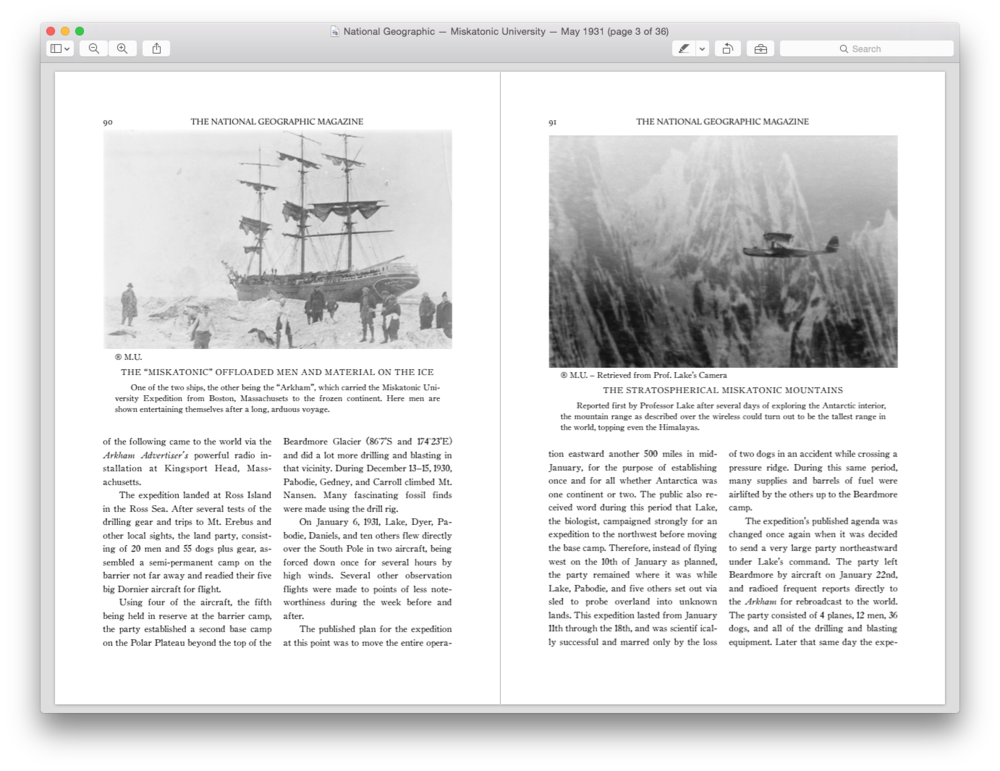
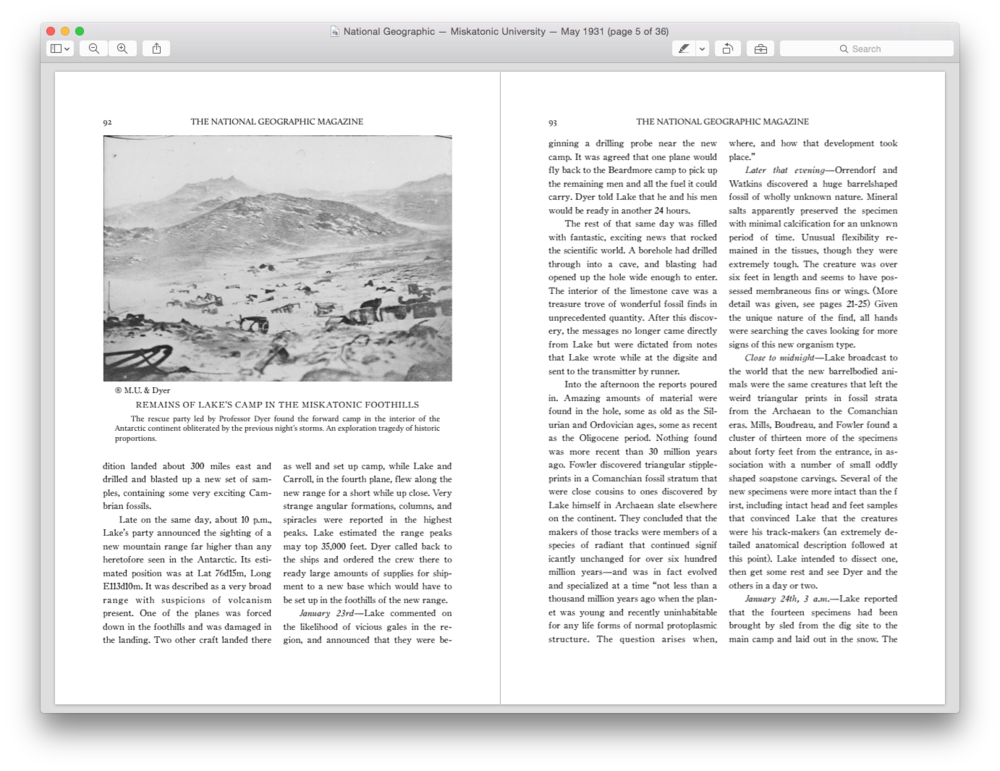
There's also a 12-minute recording of the Wireless transmissions from Lake's camp (I cut up a 'radio play' and aged the recording significantly, and overlaid it with appropriate sound effects, such as actual barking sled dogs), as well as a 20-minute recording of Worldwide Wireless News's interviews (same with this, although I also interspersed it with musical interludes) with the expedition members and other coverage.
here's also a 10-minute Newsreel covering the expedition (Thank you HPLHS).
Furthermore I put together a 90-minute soundtrack consisting of tracks from a variety of composters, including Erdenstern, Goldenthal, Desplat, Goldsmith, Ligeti, Beltrami (and the sound of actual Antarctic wind).
Finally I included some radio plays of Lovecraft's stories and a version of the Trail of Cthulhu Player's Guide in which I removed all references to At the Mountains of Madness.
The package was received very well indeed, and caused one player's wife to exclaim that he had no other choice but to join the game.
Mission accomplished.
Prologue

Man endeavors not a voyage to the ends of this Earth without anticipating, or even yearning for, adventure. Yet for all their preparations and in spite of the strange and mystifying reports from the Miskatonic University Expedition only a scant two and a half years prior, none of the men whose story are here relayed to you could have expected what they ultimately endured on that remote, desolate continent of ice.
Amazing and terrifying though it will seem, as it passed through journals, telegrams, newspapers, wireless broadcasts, rare recordings, hastily written notes and reluctant tales from survivors, as it unfolds you will nevertheless come to sense that there is more at work here than fiction would ever hope to portray.
As with so many stories, this one too has its roots in the greatest city on Earth.
New York – September 1st, 1933

It had been a warm summer that year, with temperatures peaking at 102˚F, hardly the kind of weather in which one's mind turned easily towards the South Pole and its frozen wasteland. Preparations were underway for the Starkweather-Moore Antarctic Expedition. Docked at pier 74-B on the Hudson River was 20-year-old Gabrielle, a 7,500 ton steamer, which would serve as home to the expedition members and the ship's crew, all eighty of them, for the next several months as they made their way south to their ultimate goal, Ross Island.

The purpose of this journal then, is to present, without judgement, the surviving material and the narrative it presents, whatever the consequences.
En liten tjänst av I'm With Friends. Finns även på engelska.

